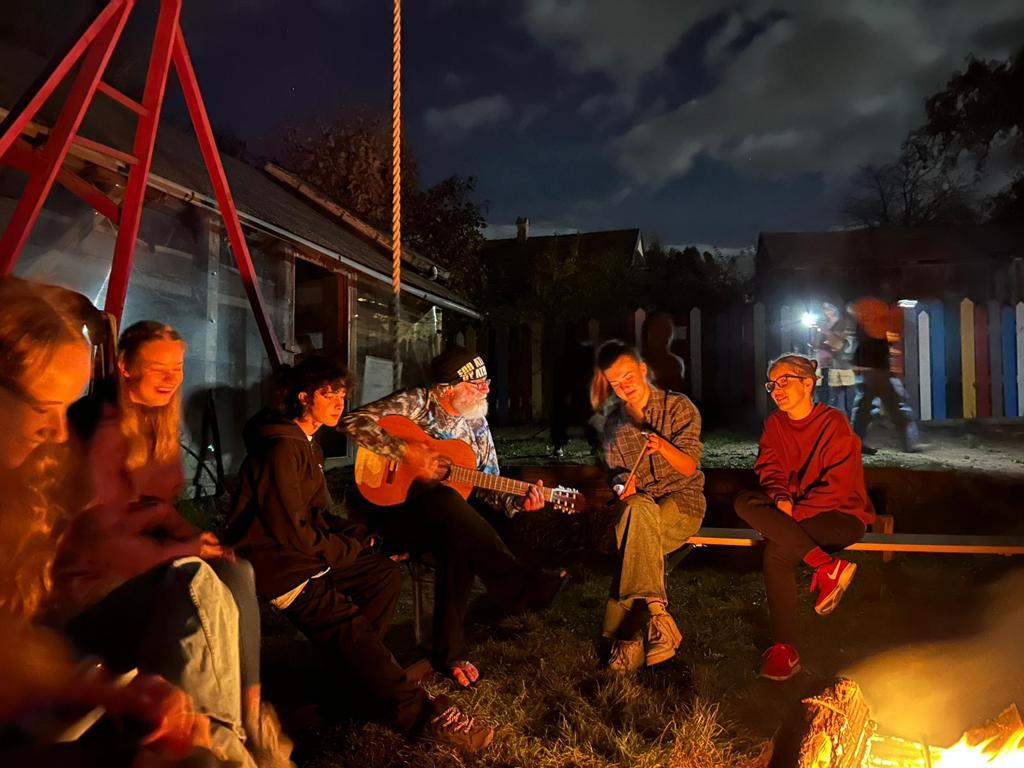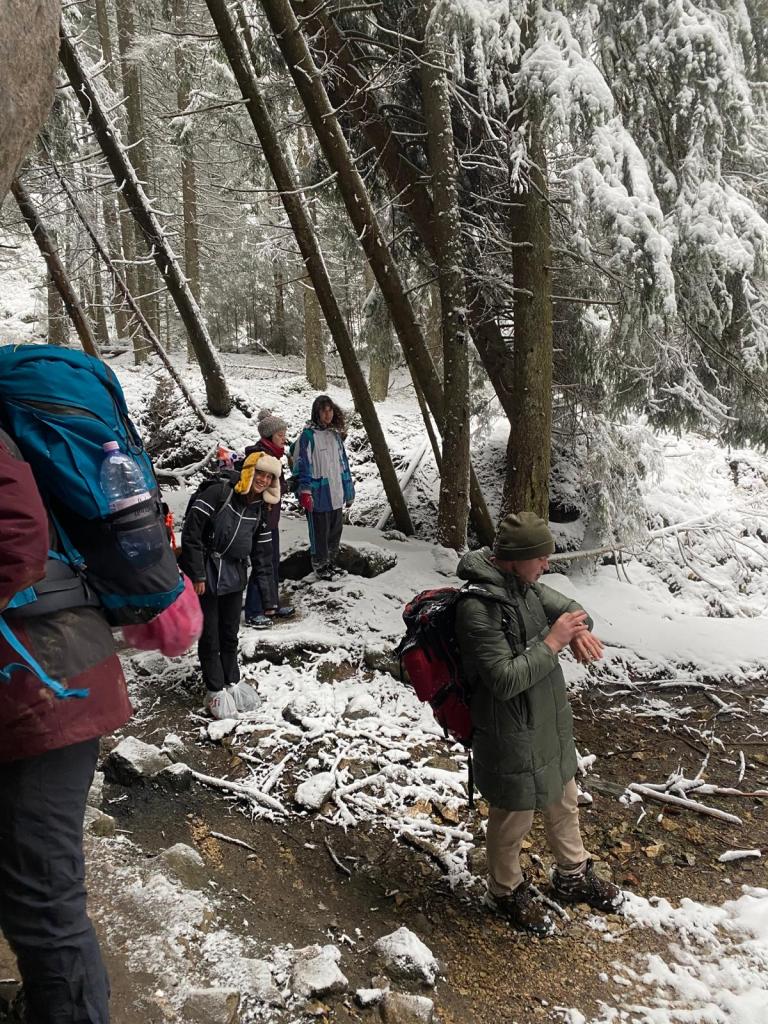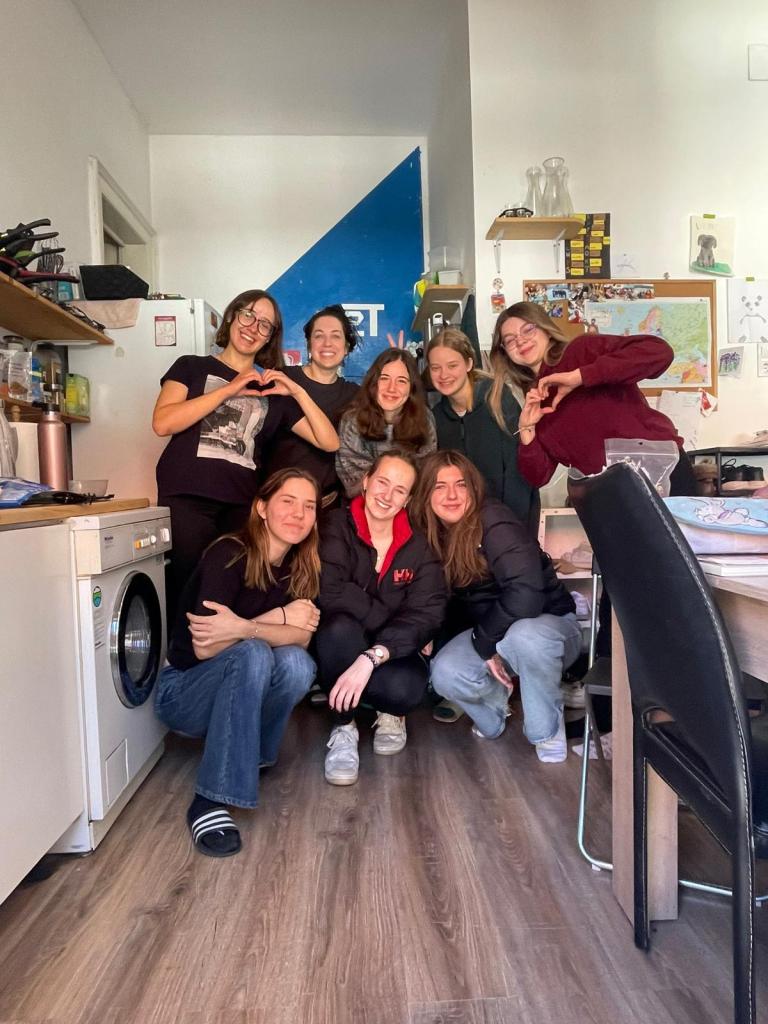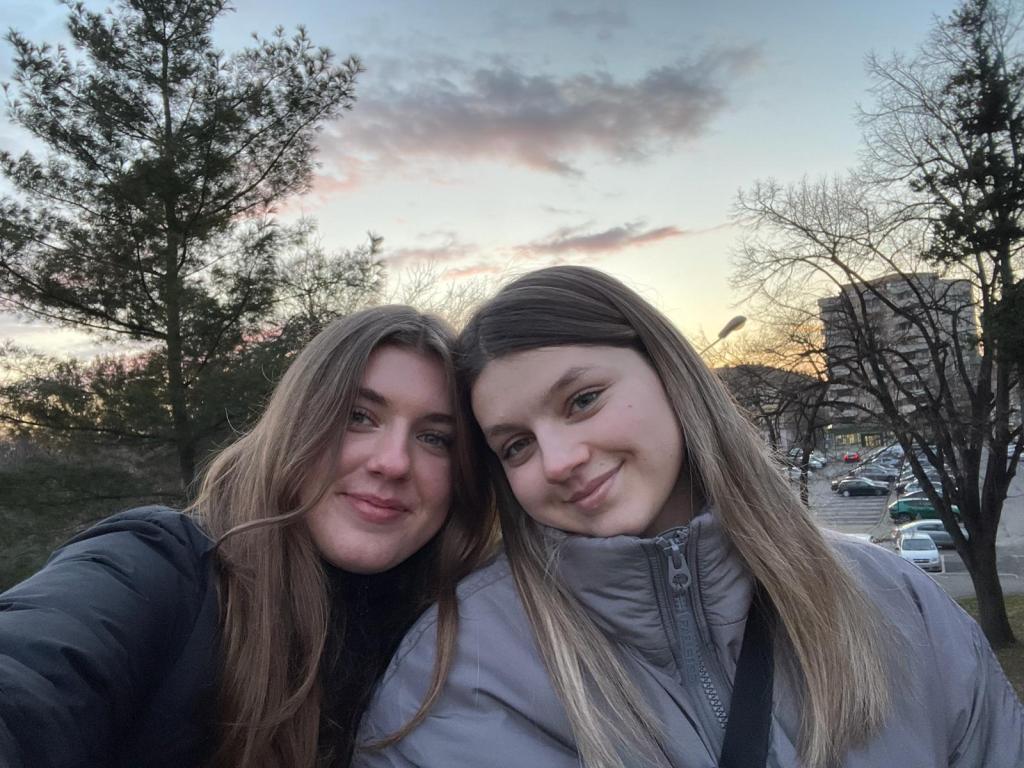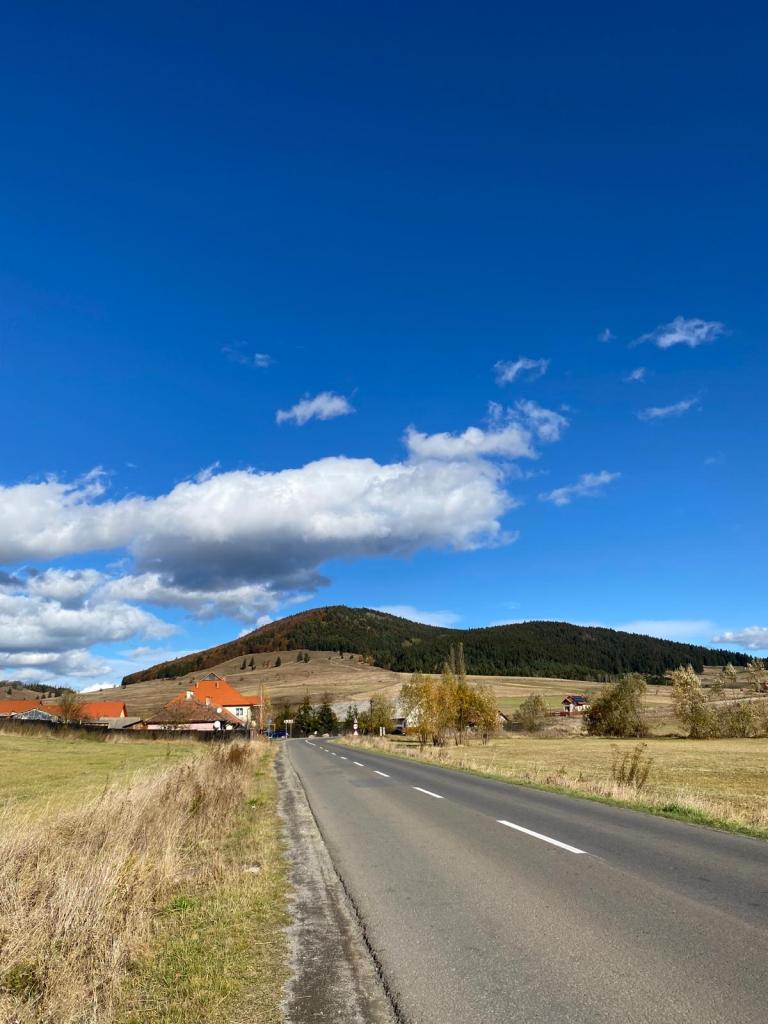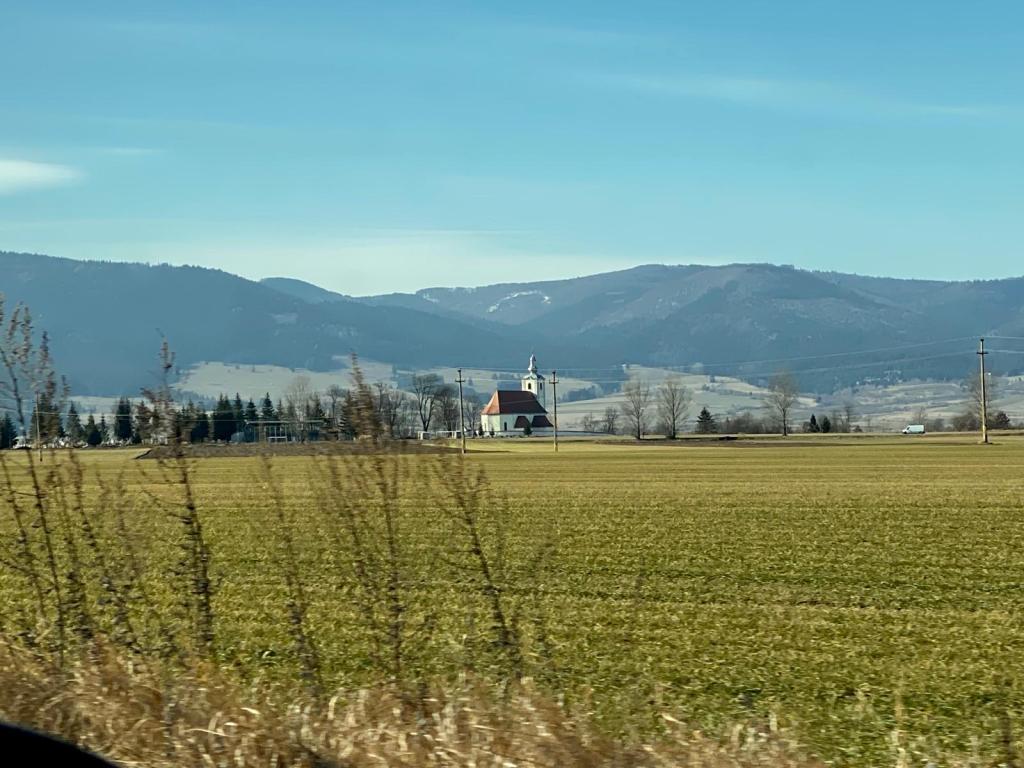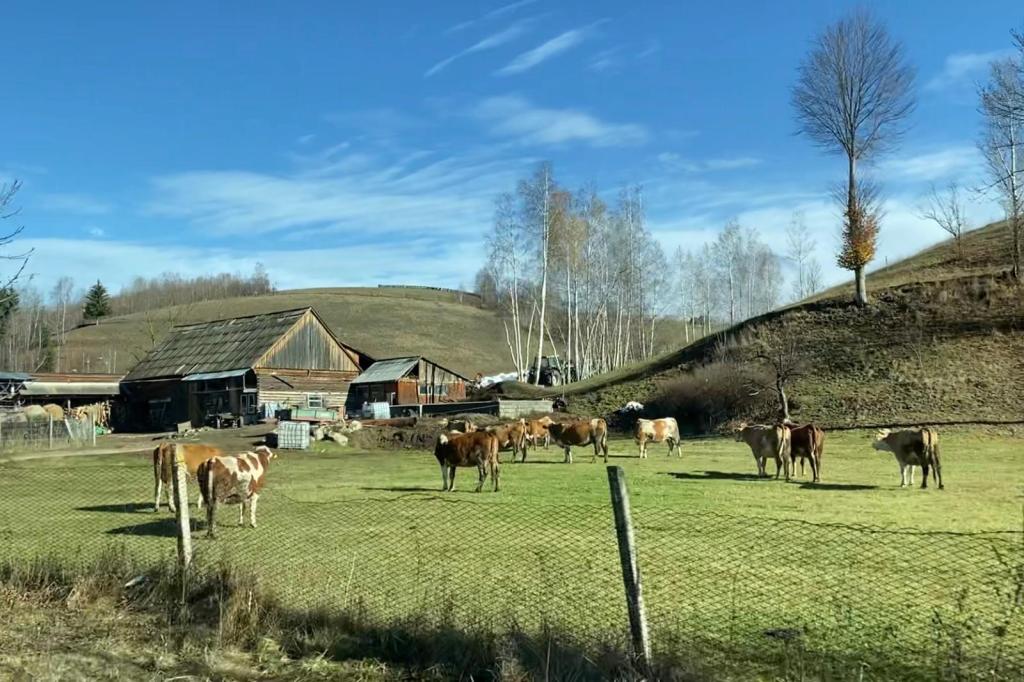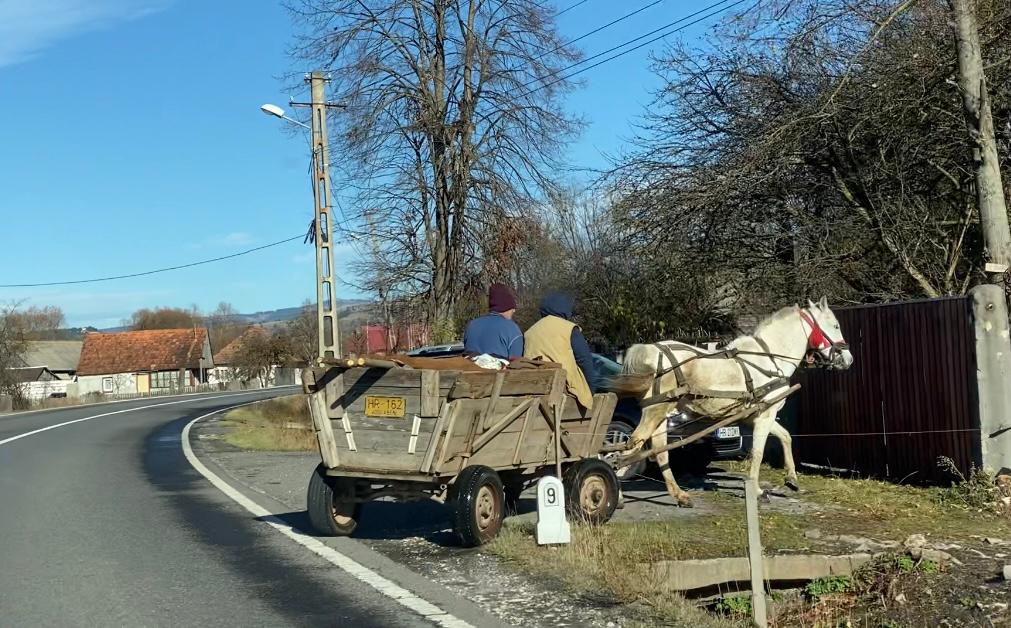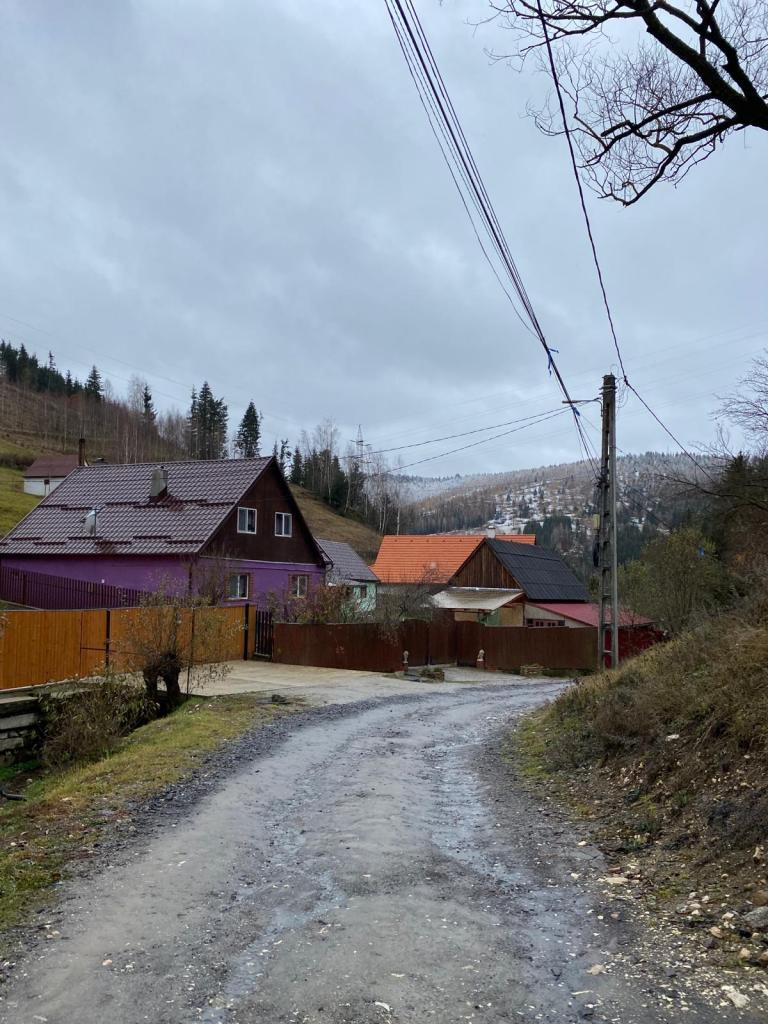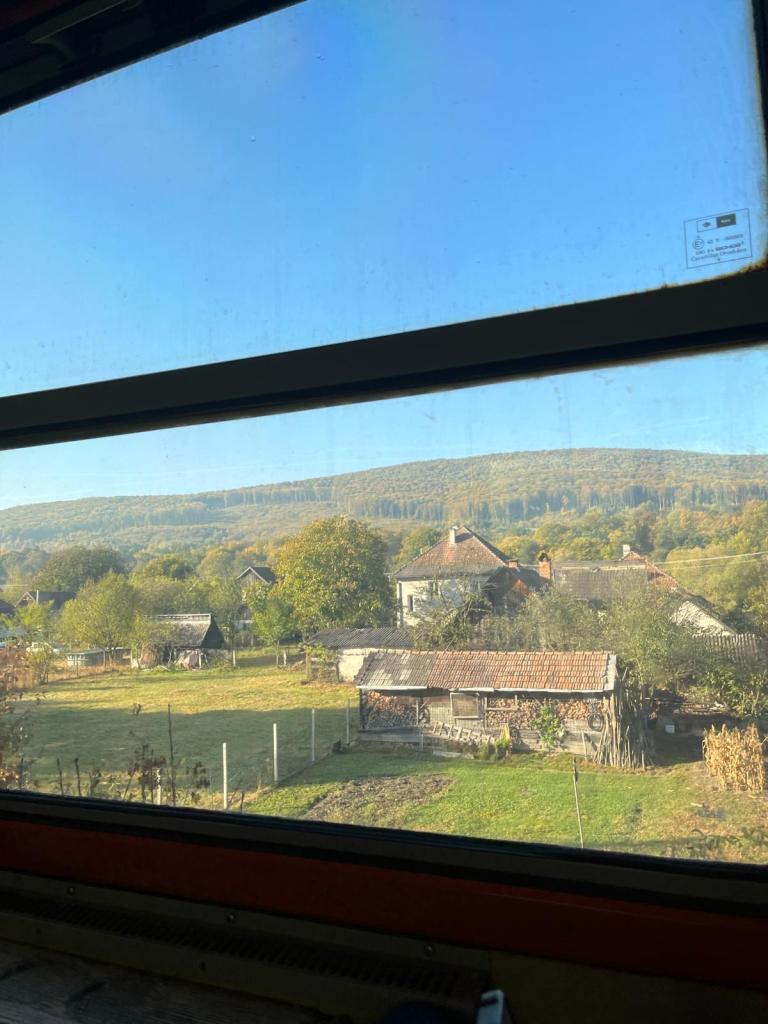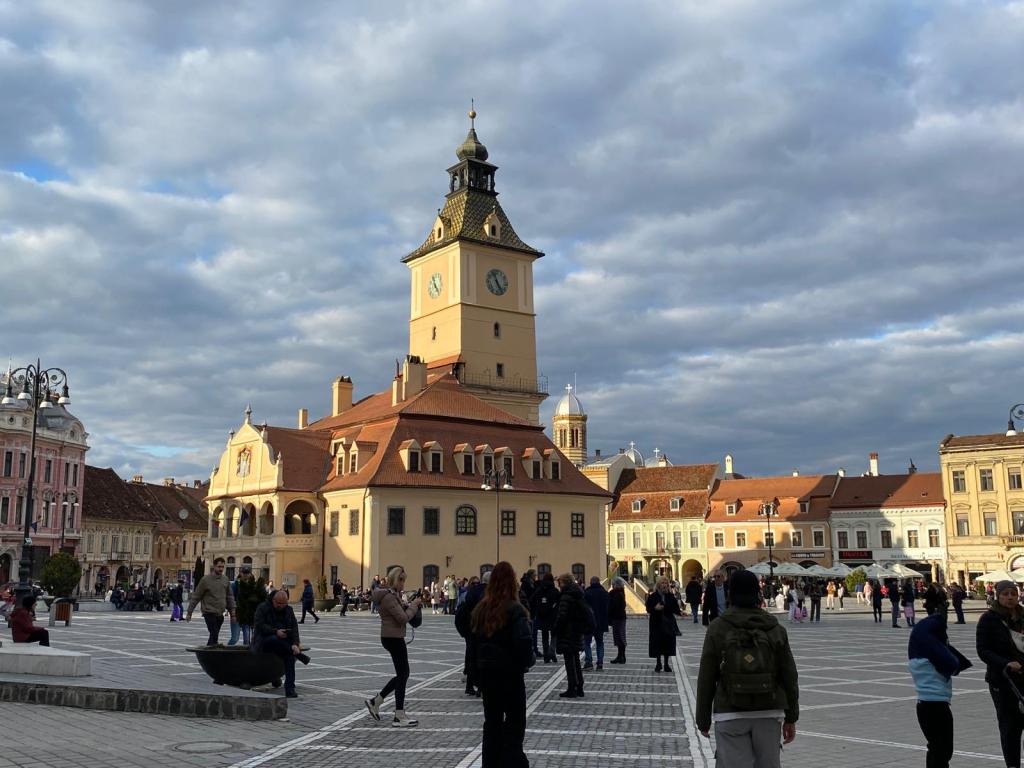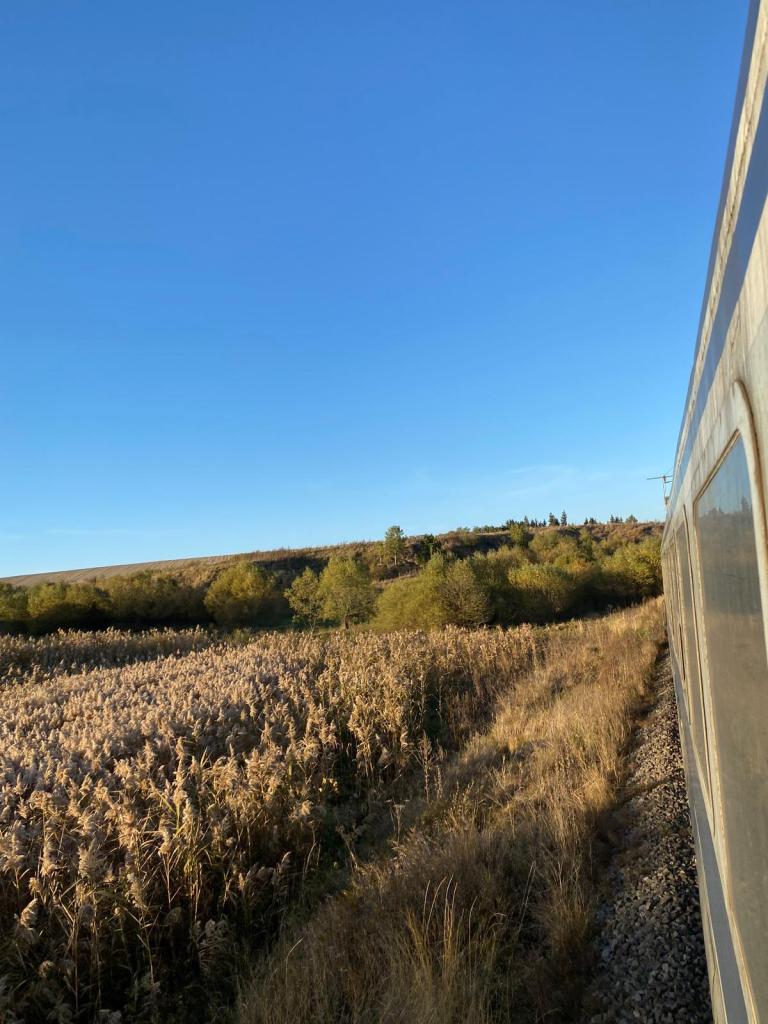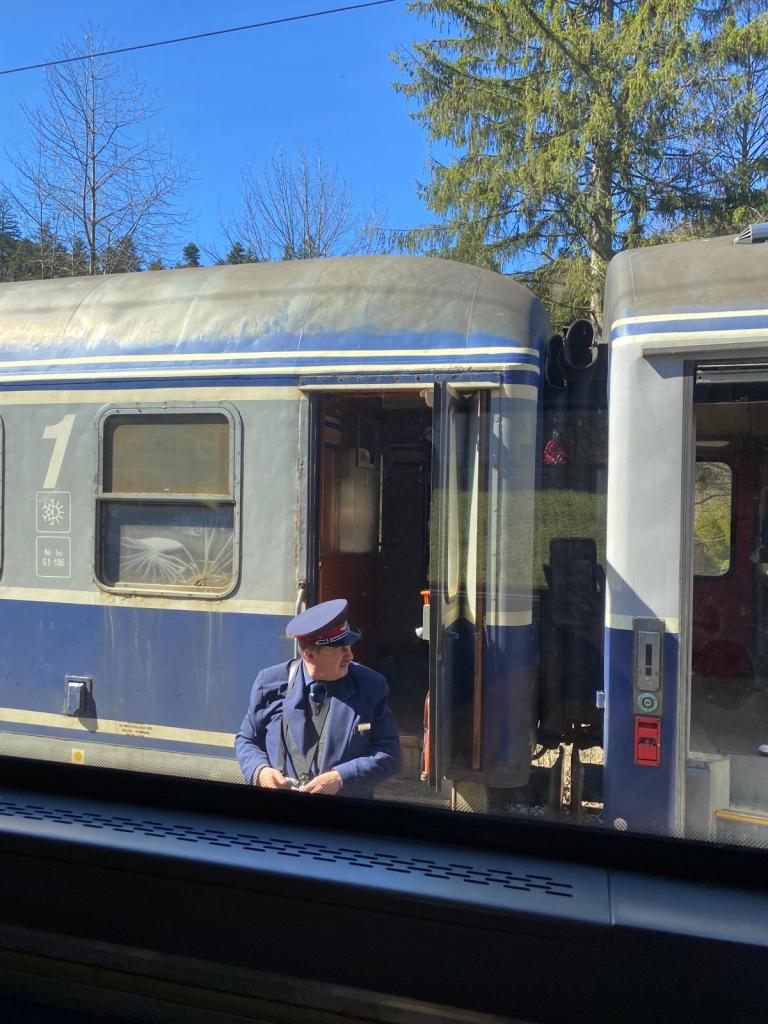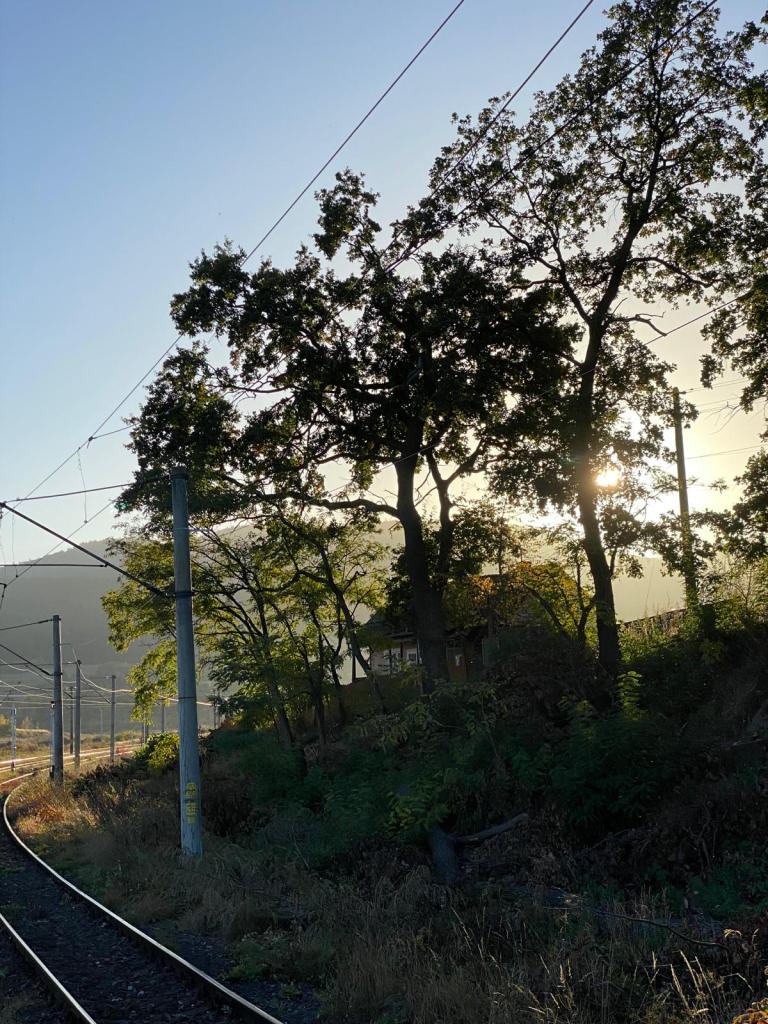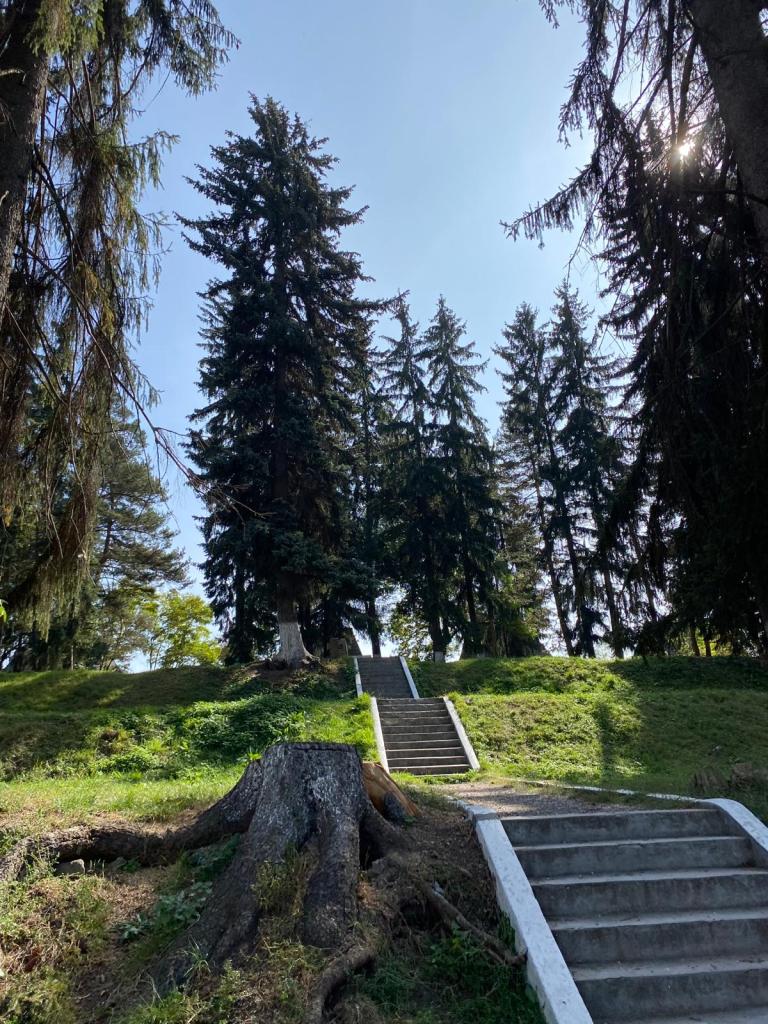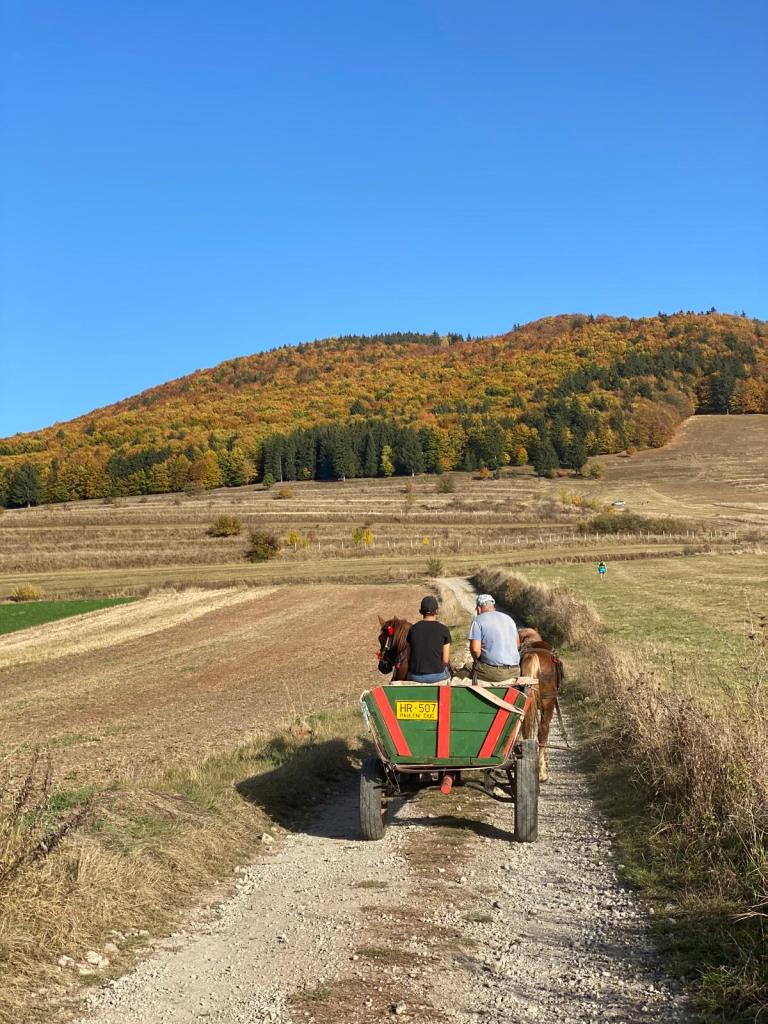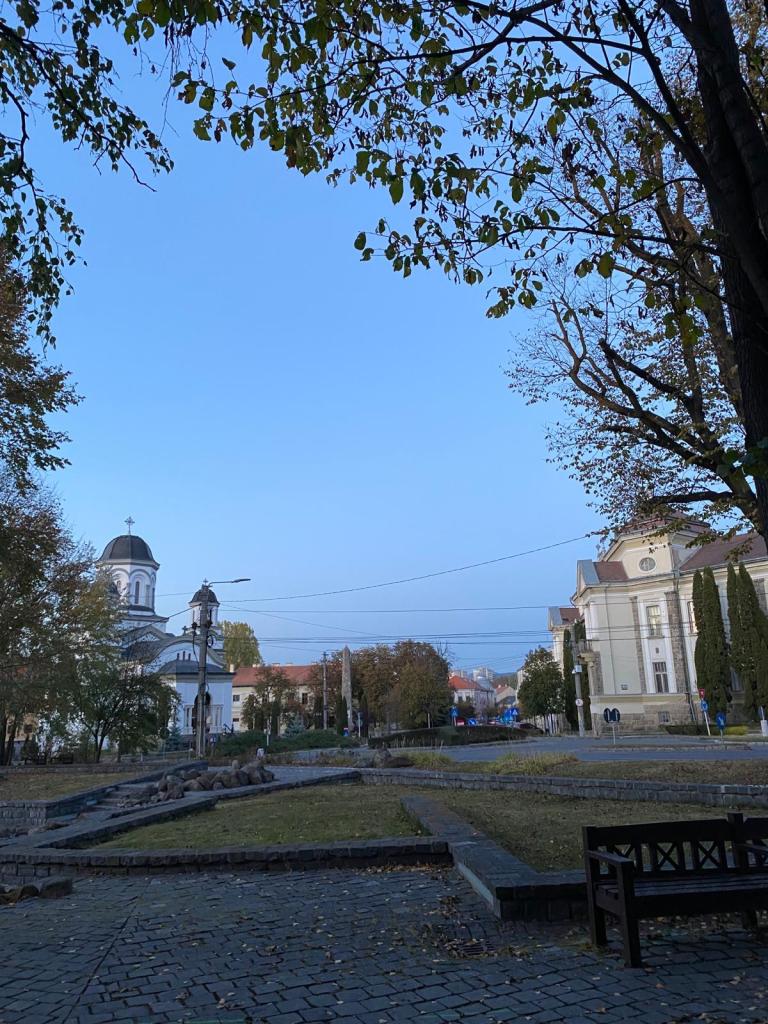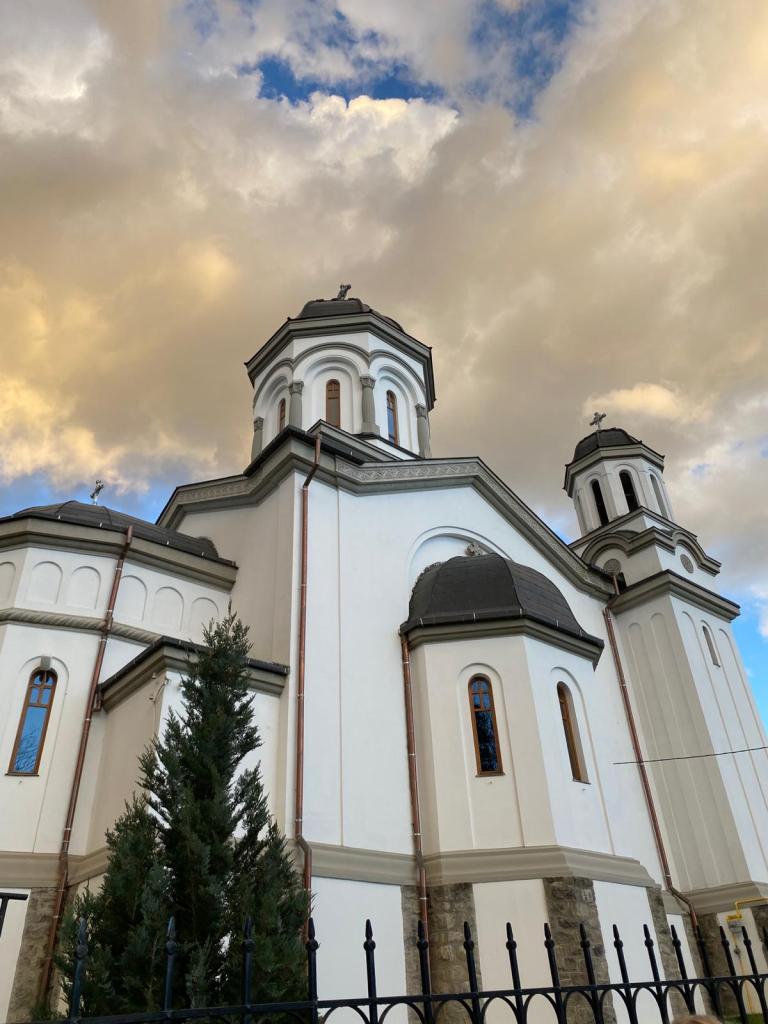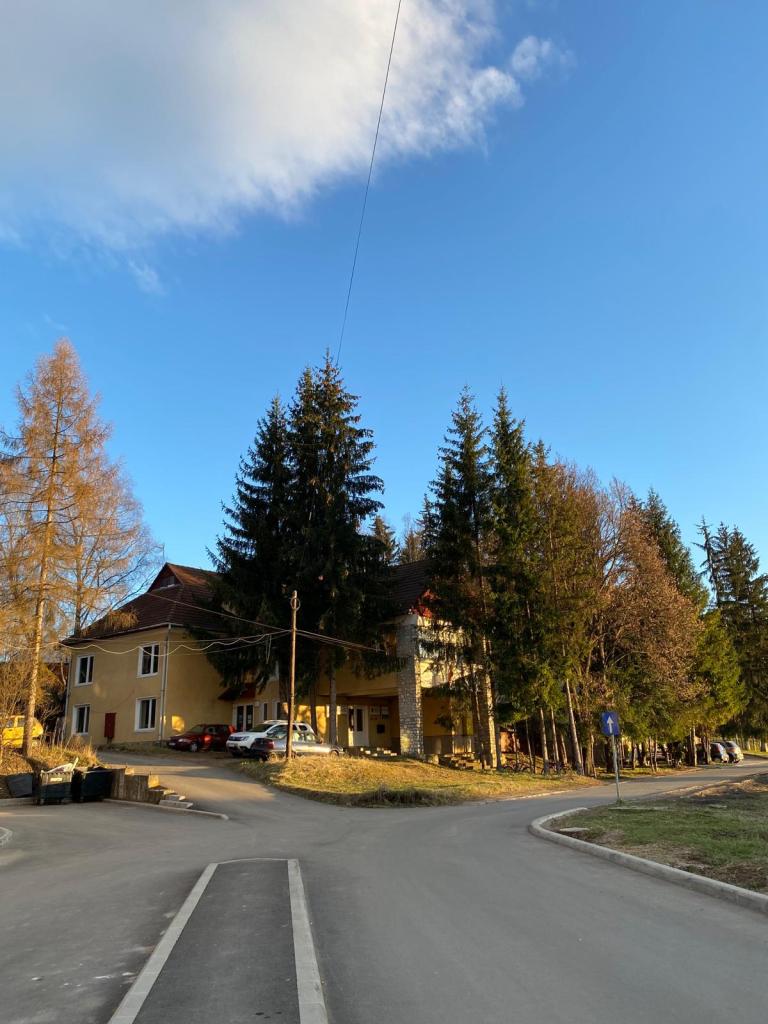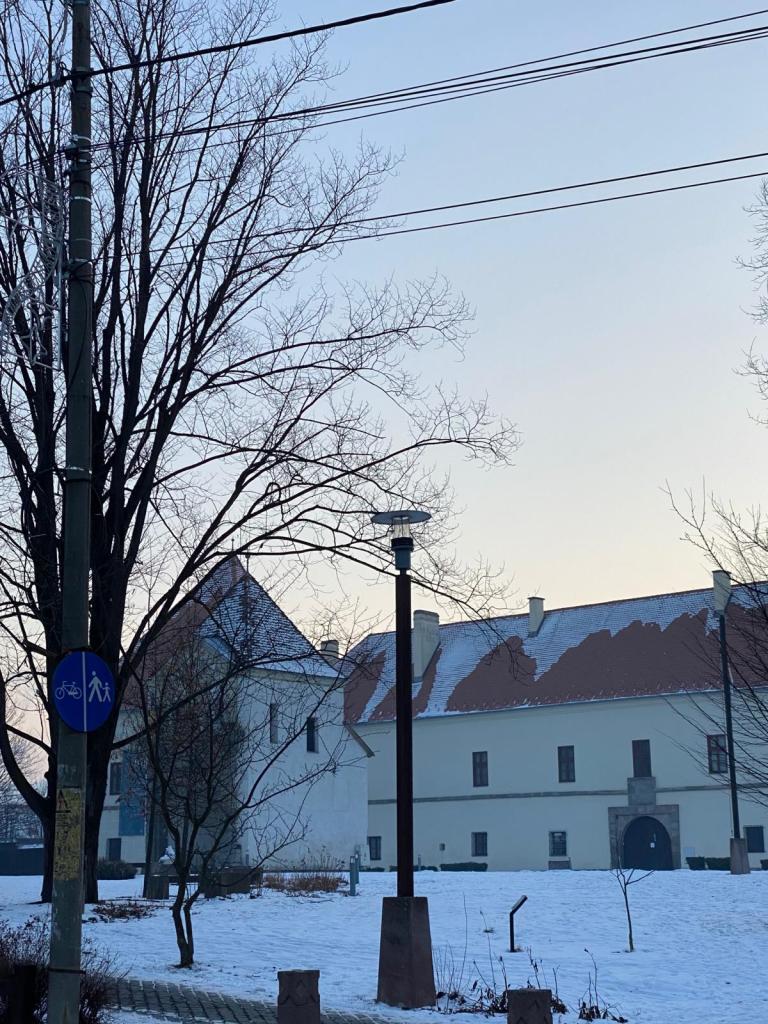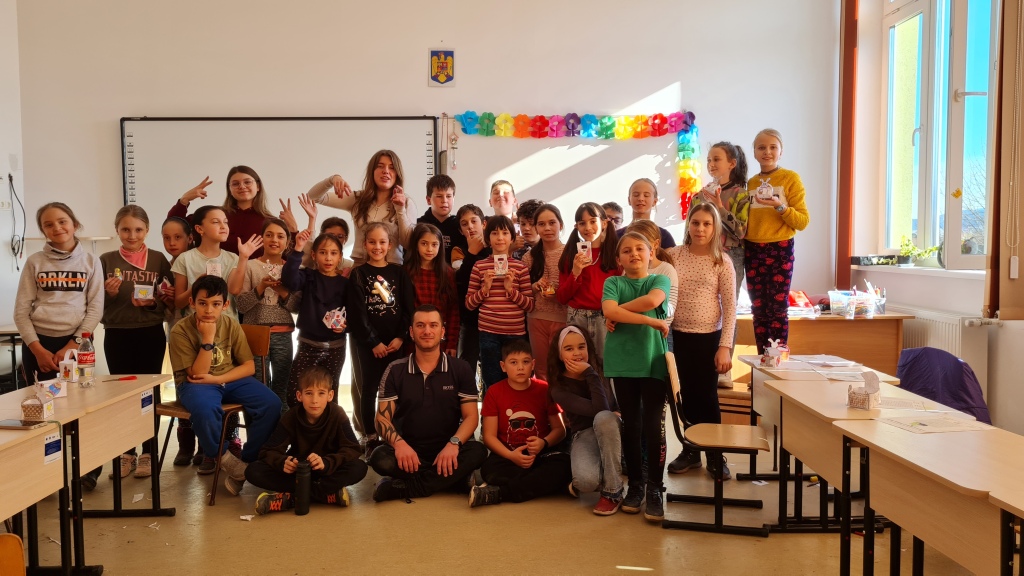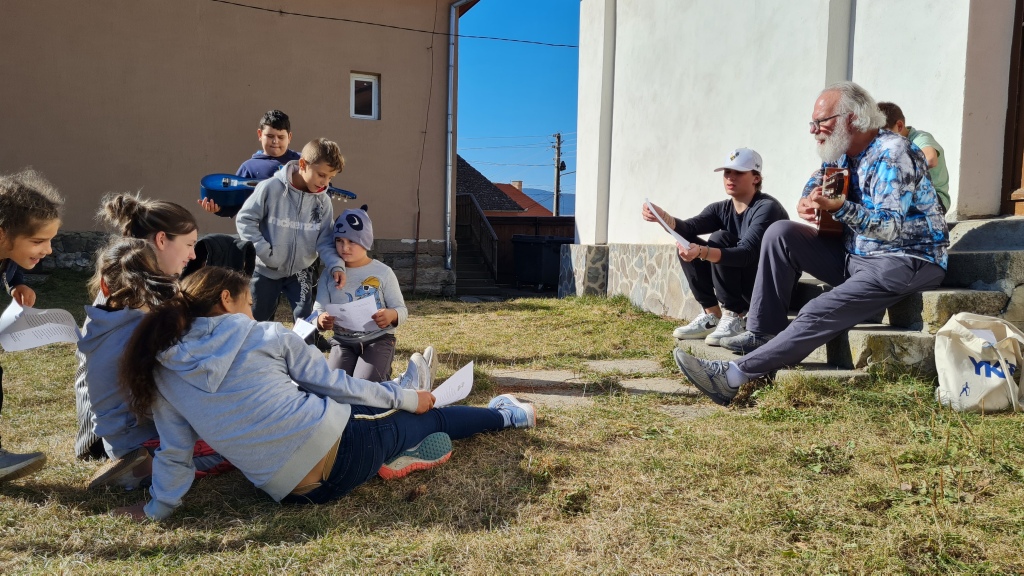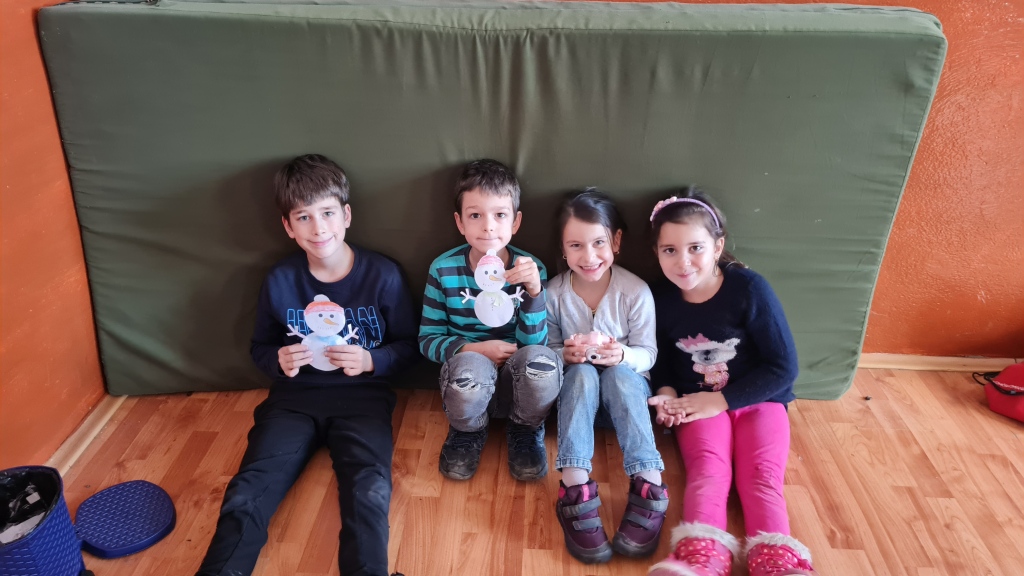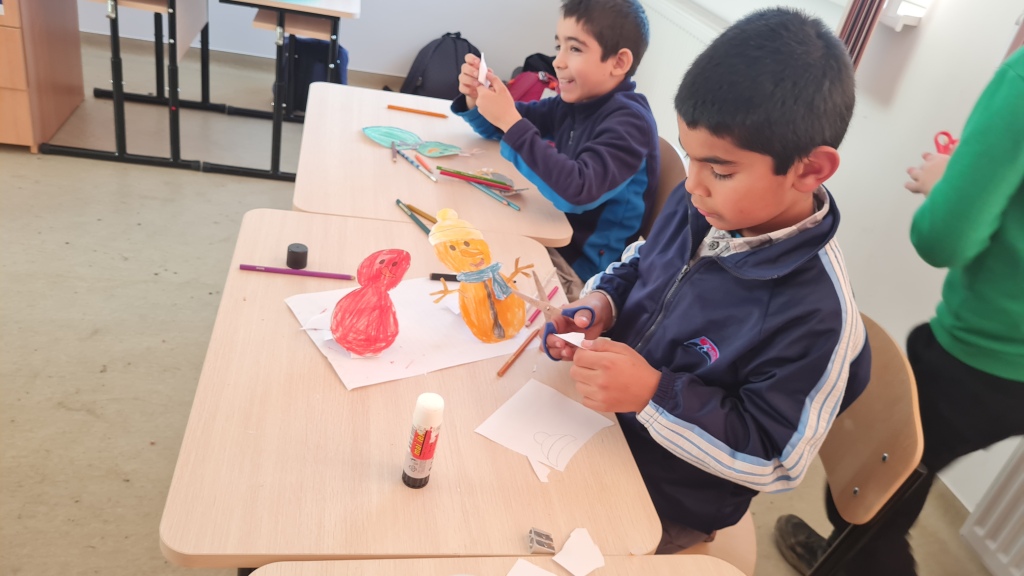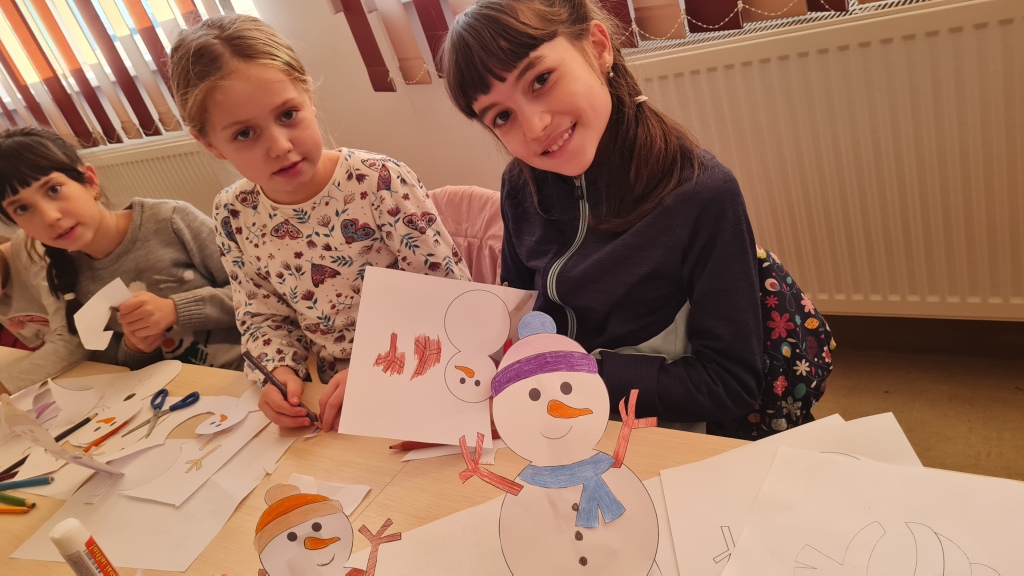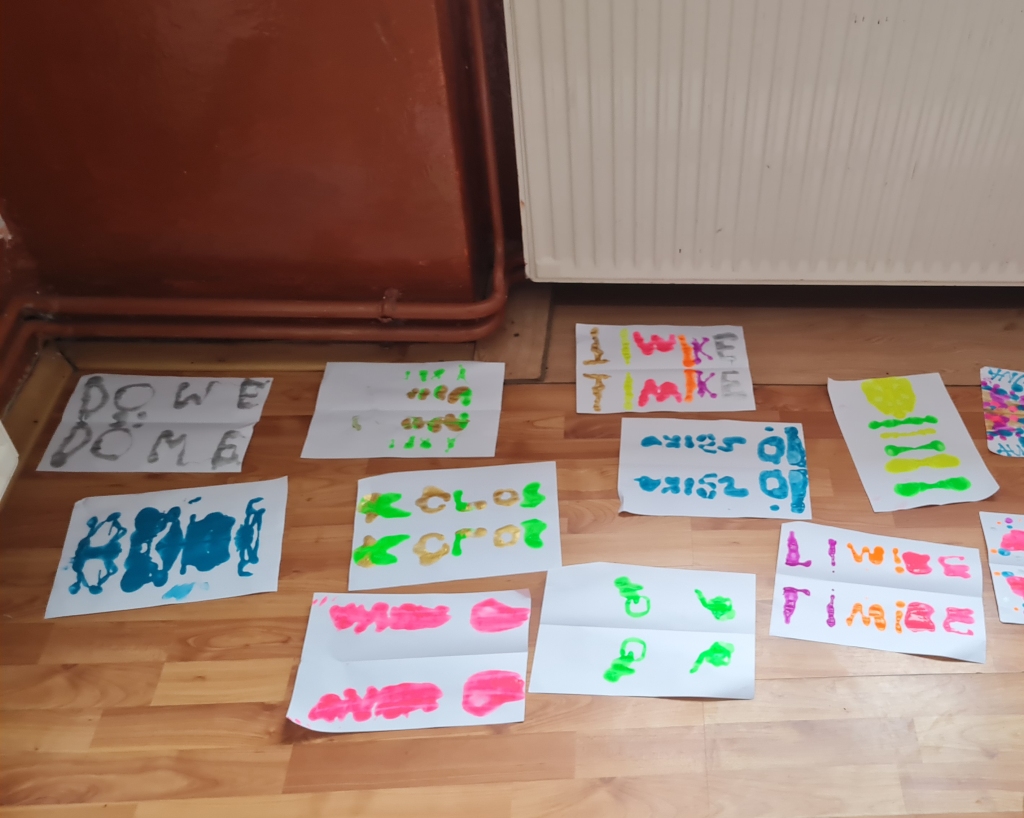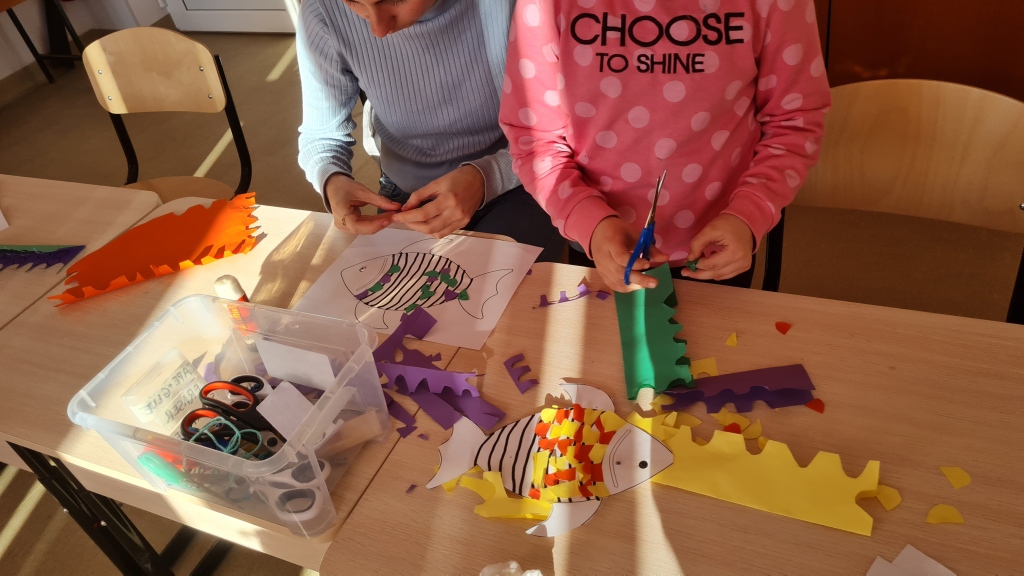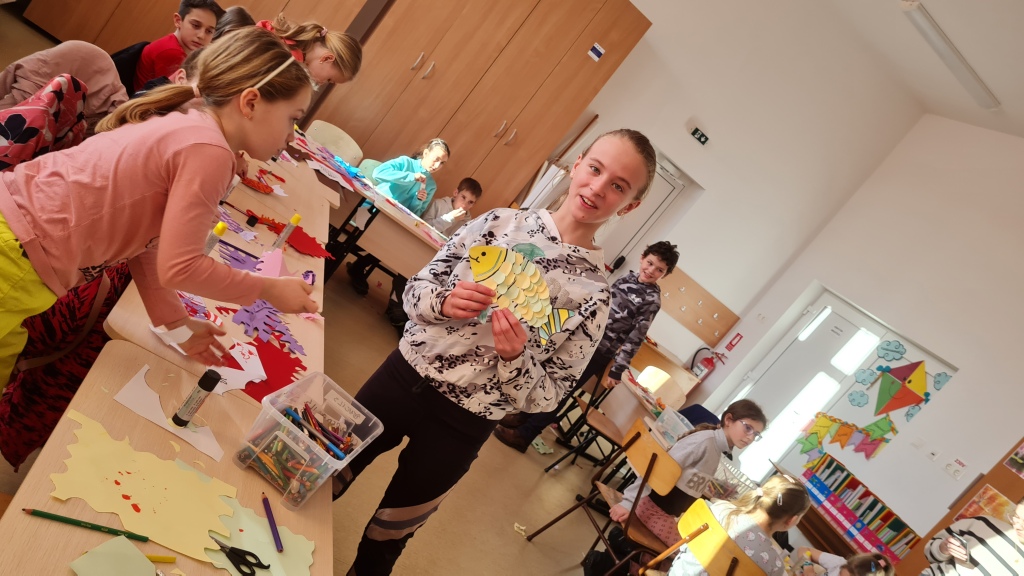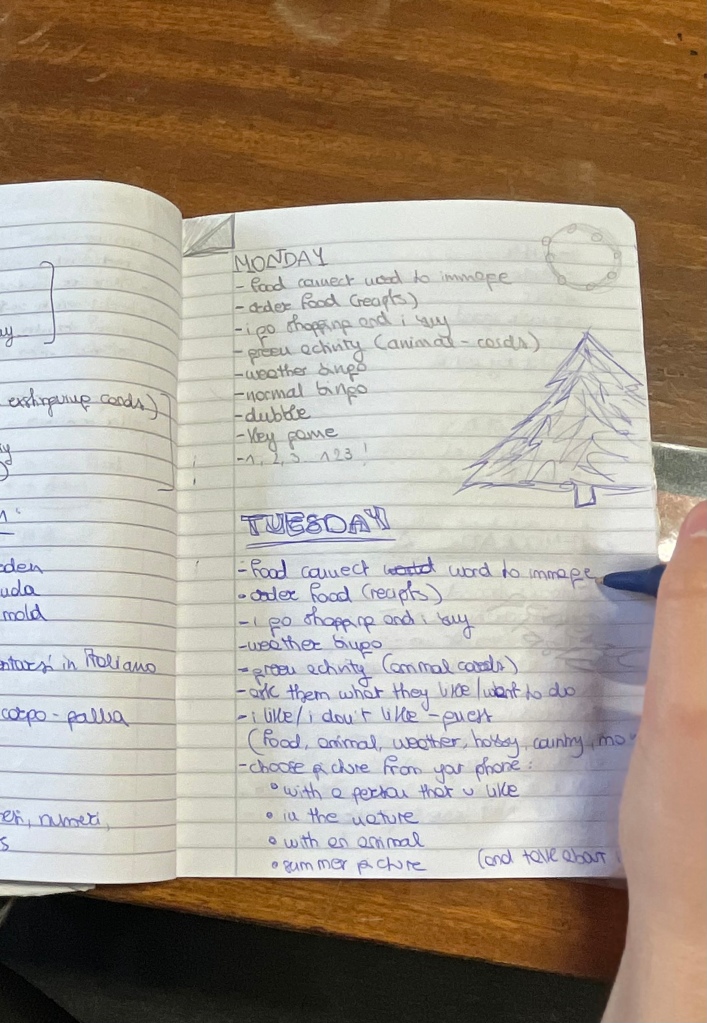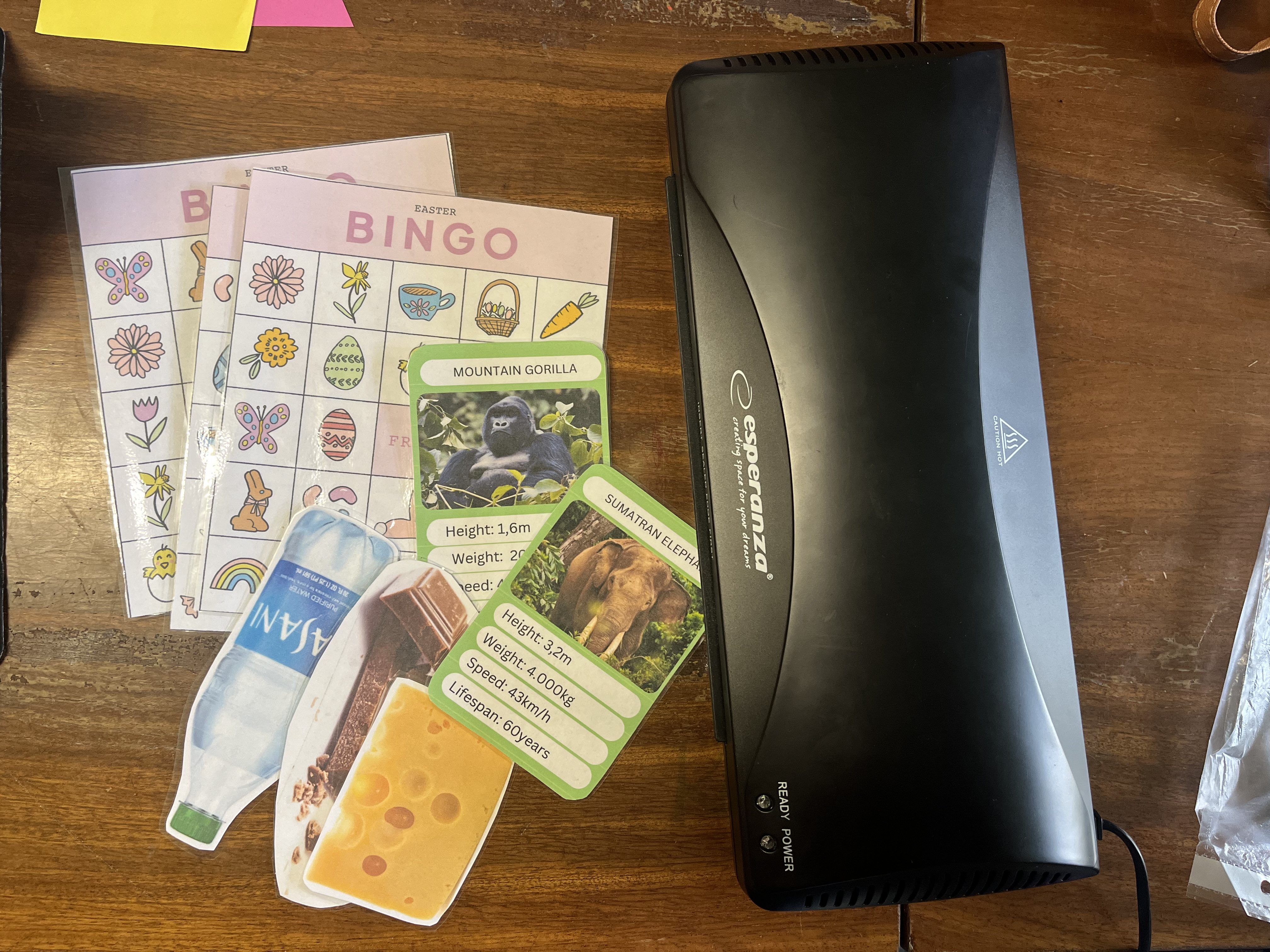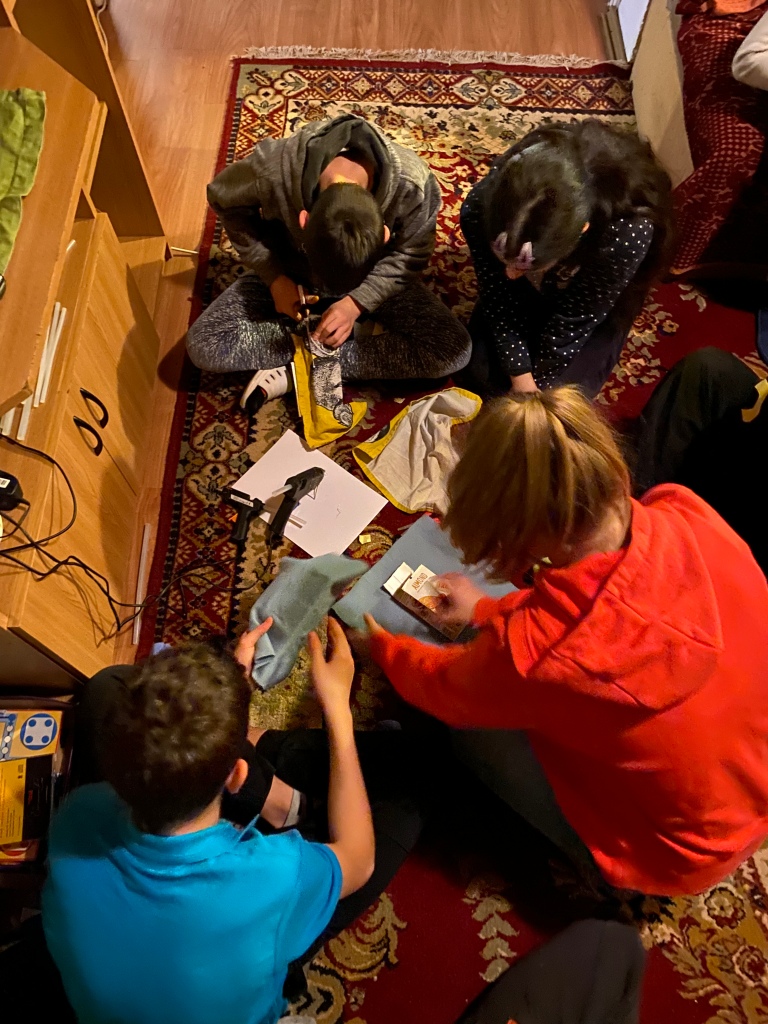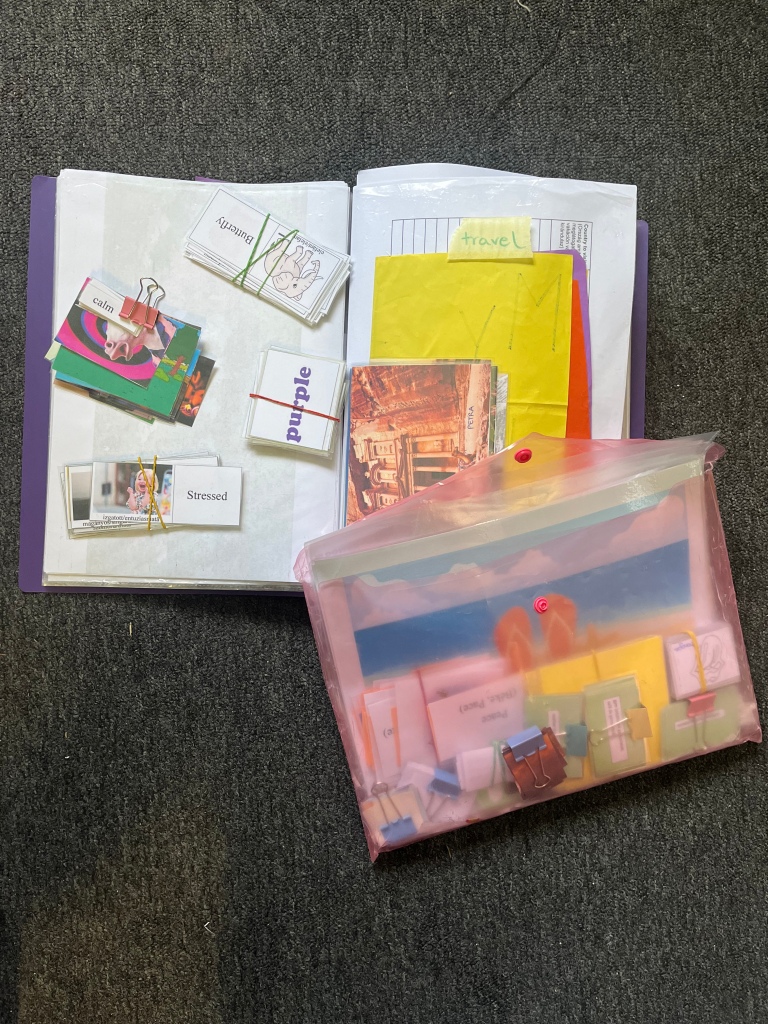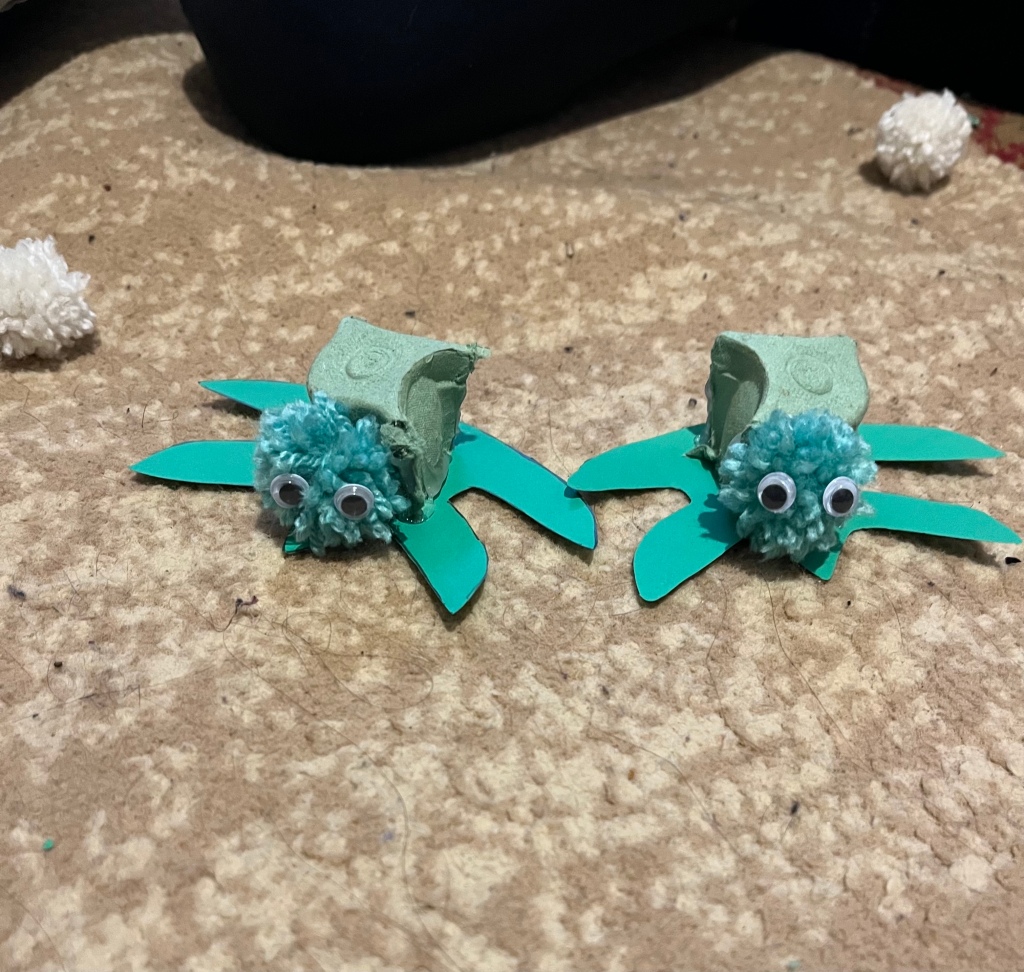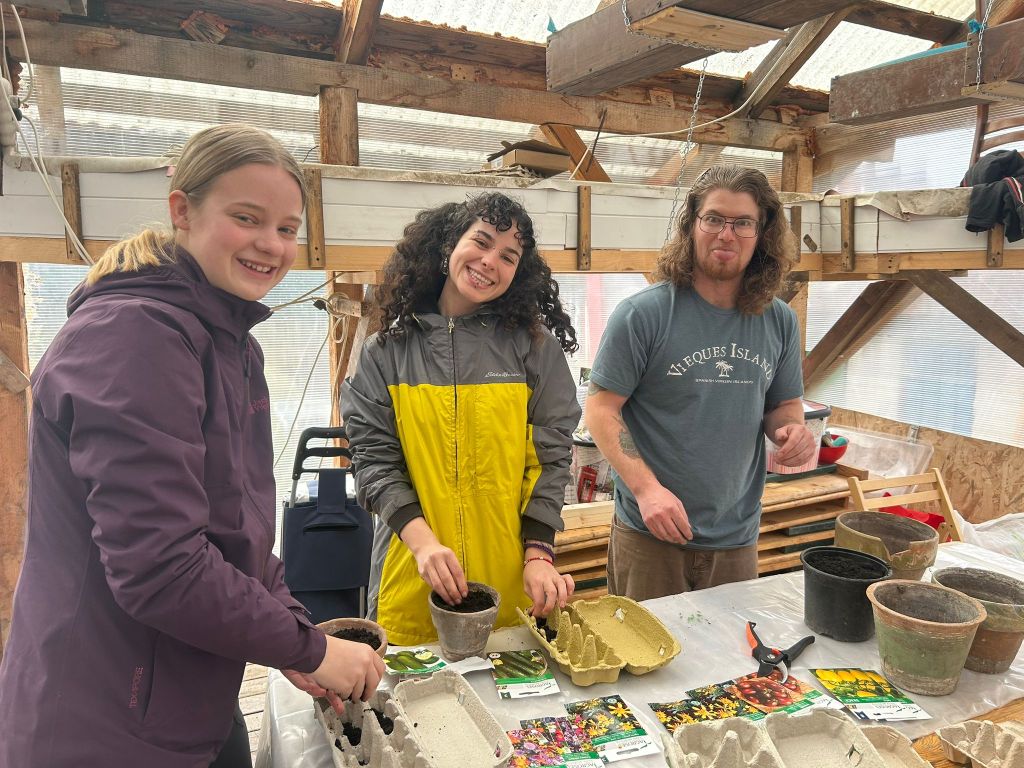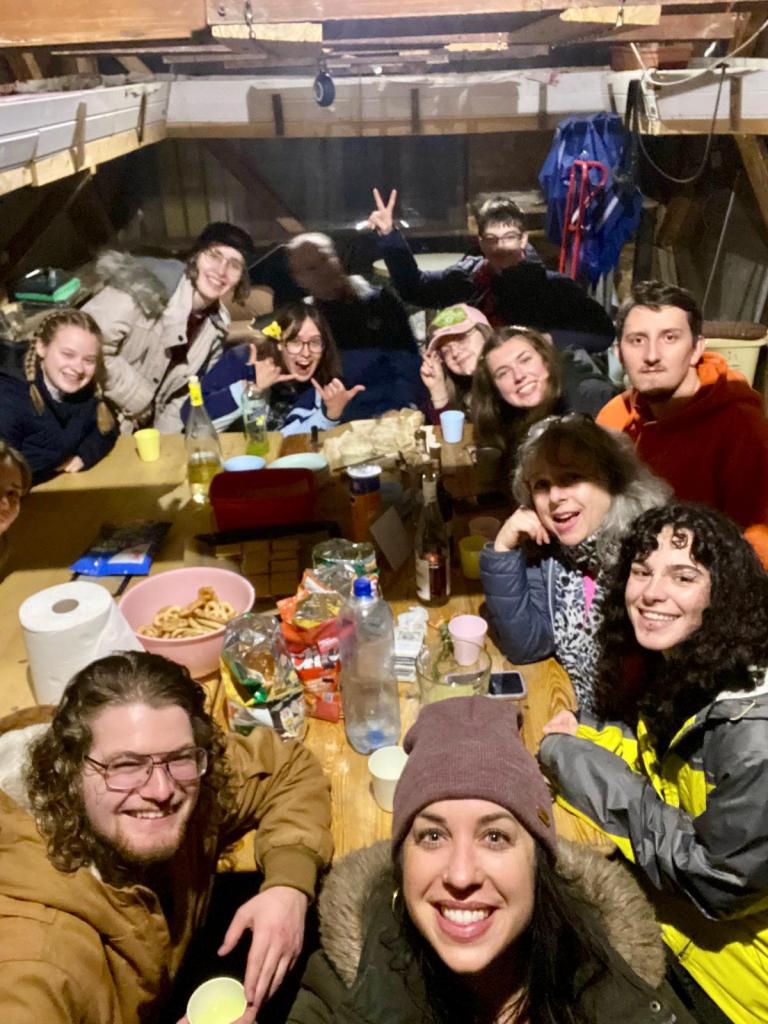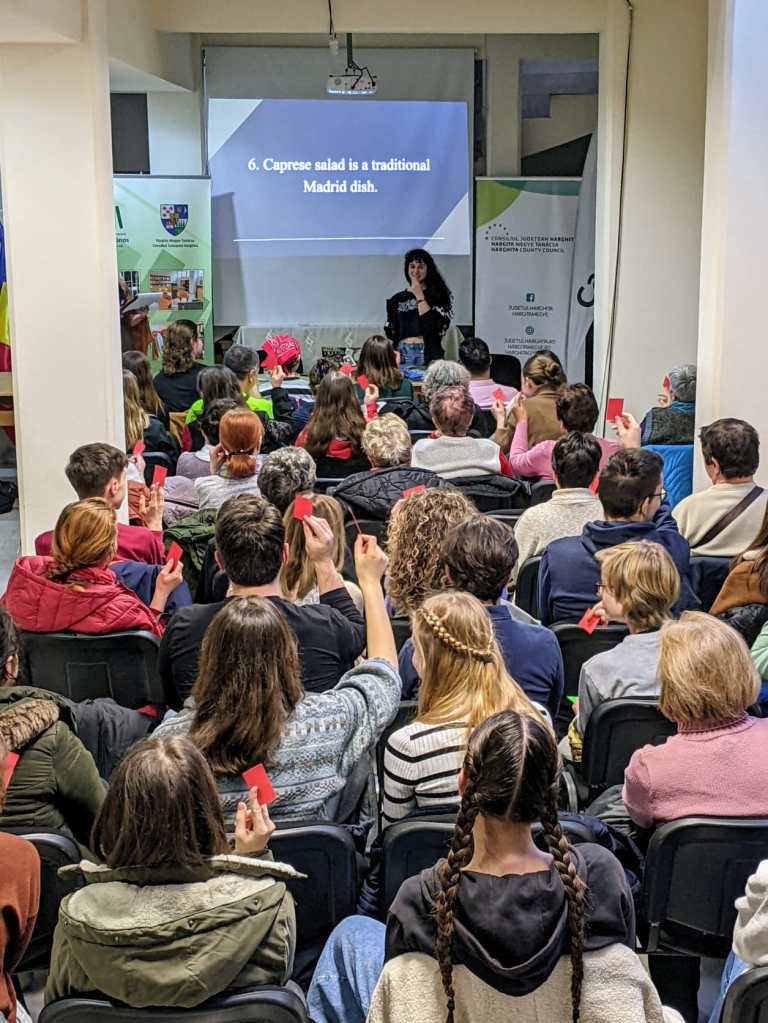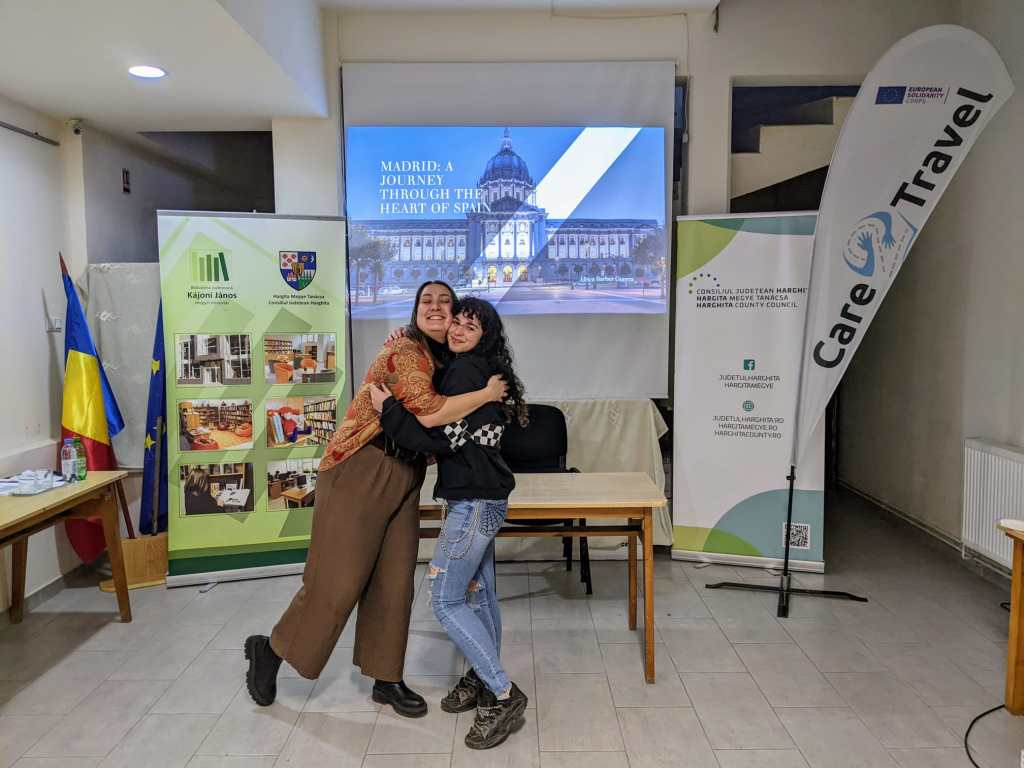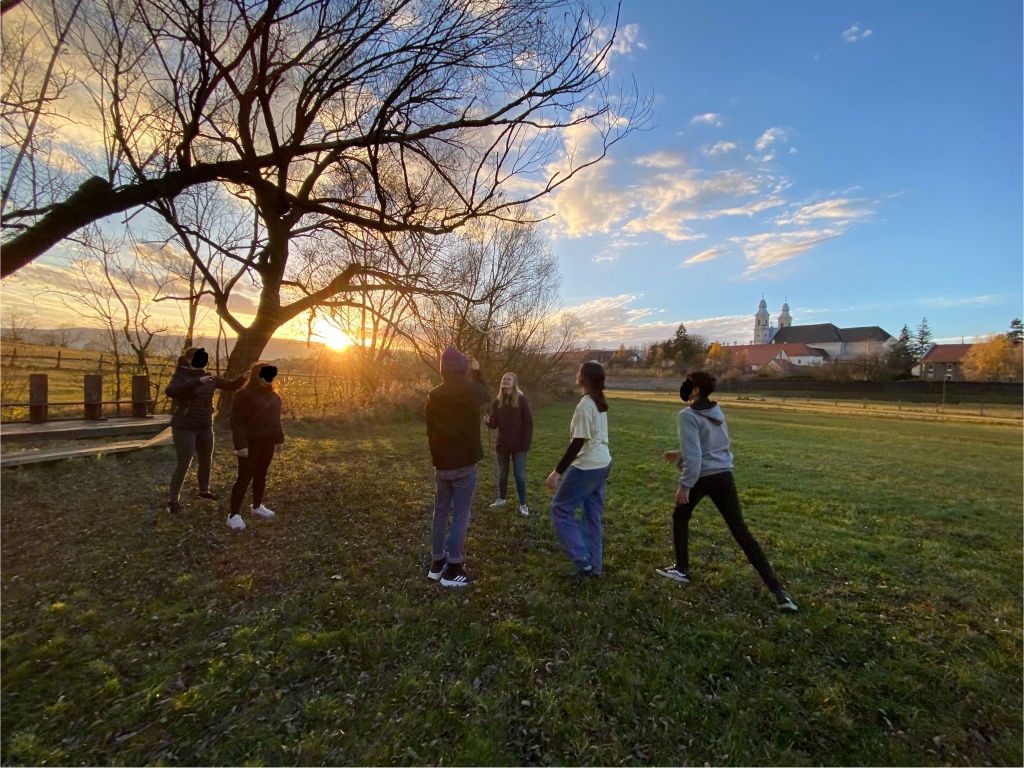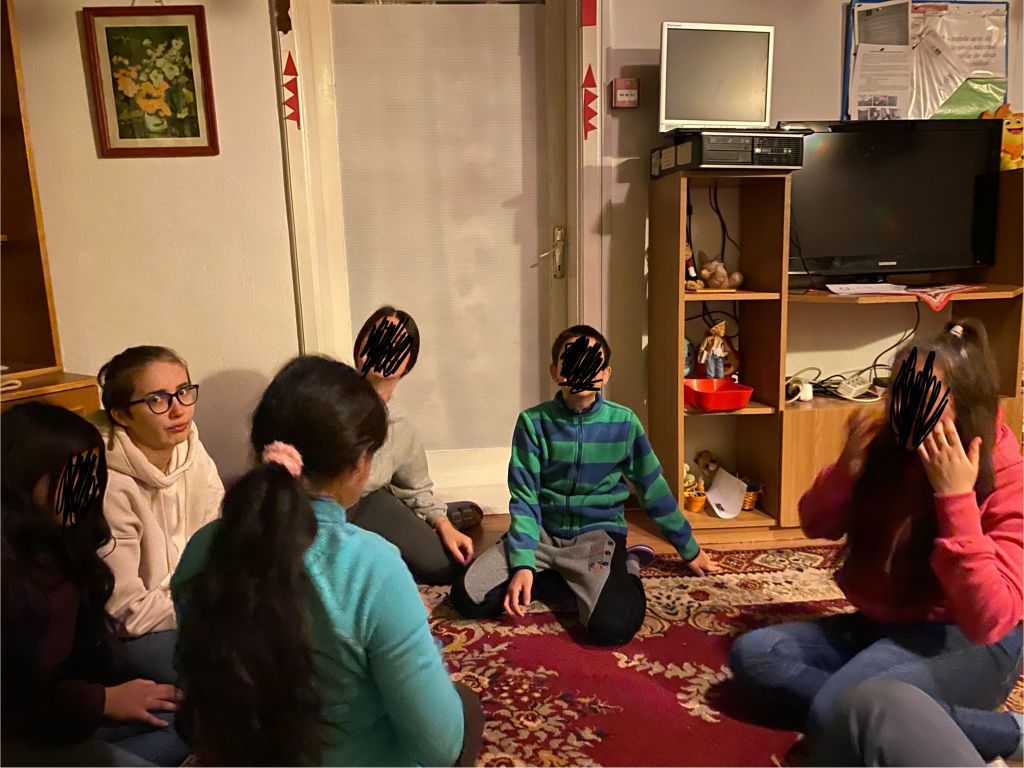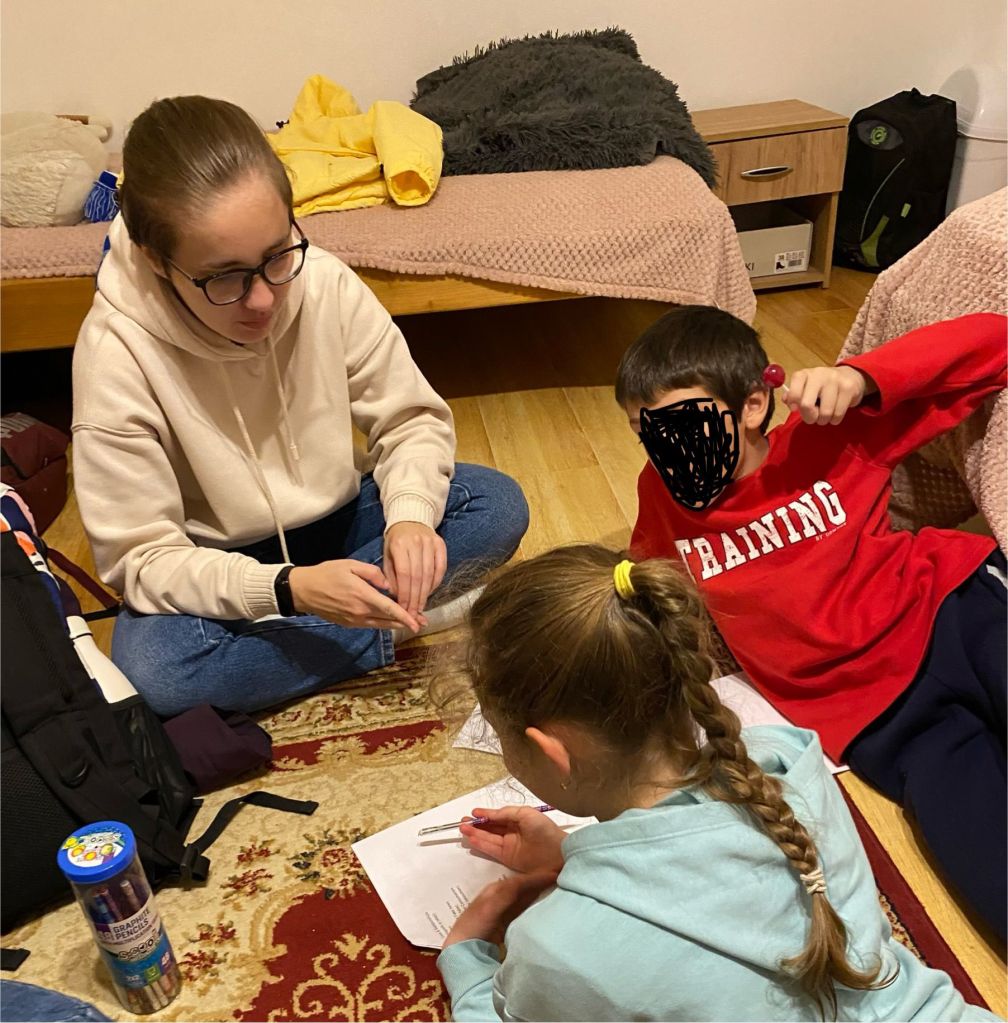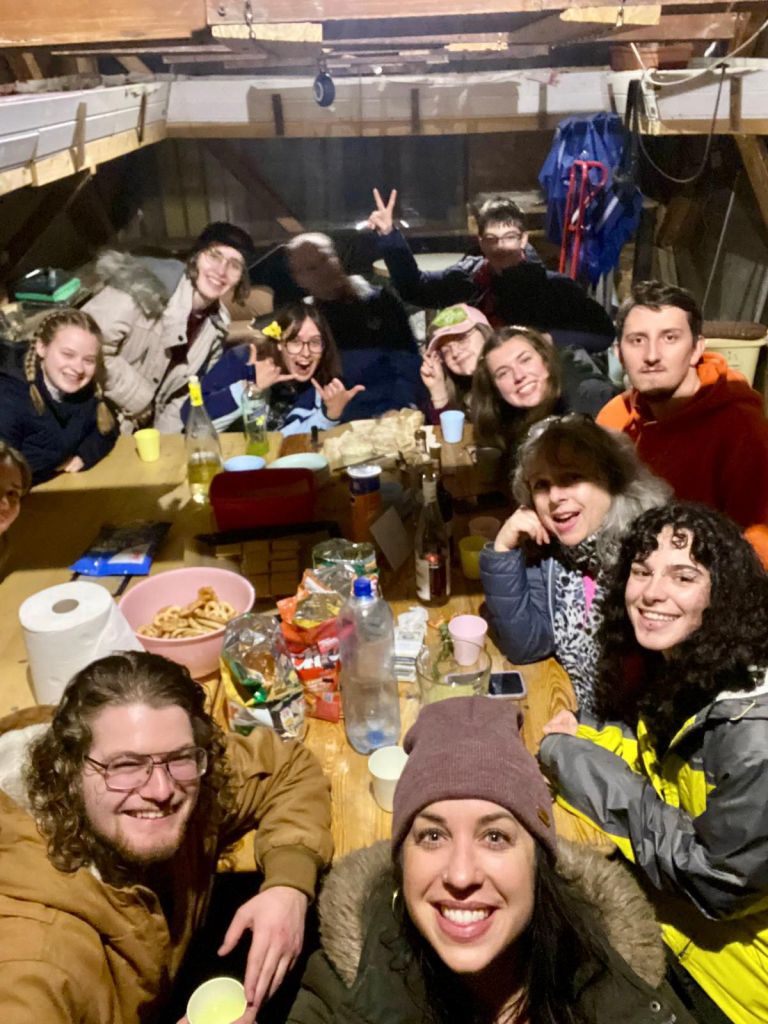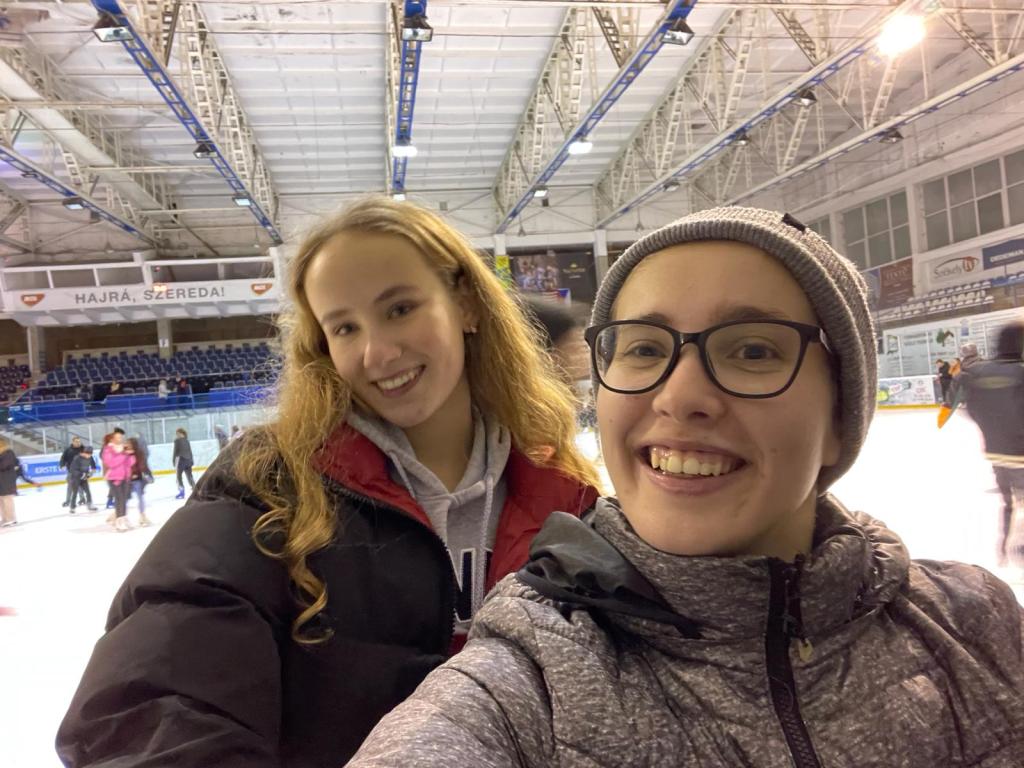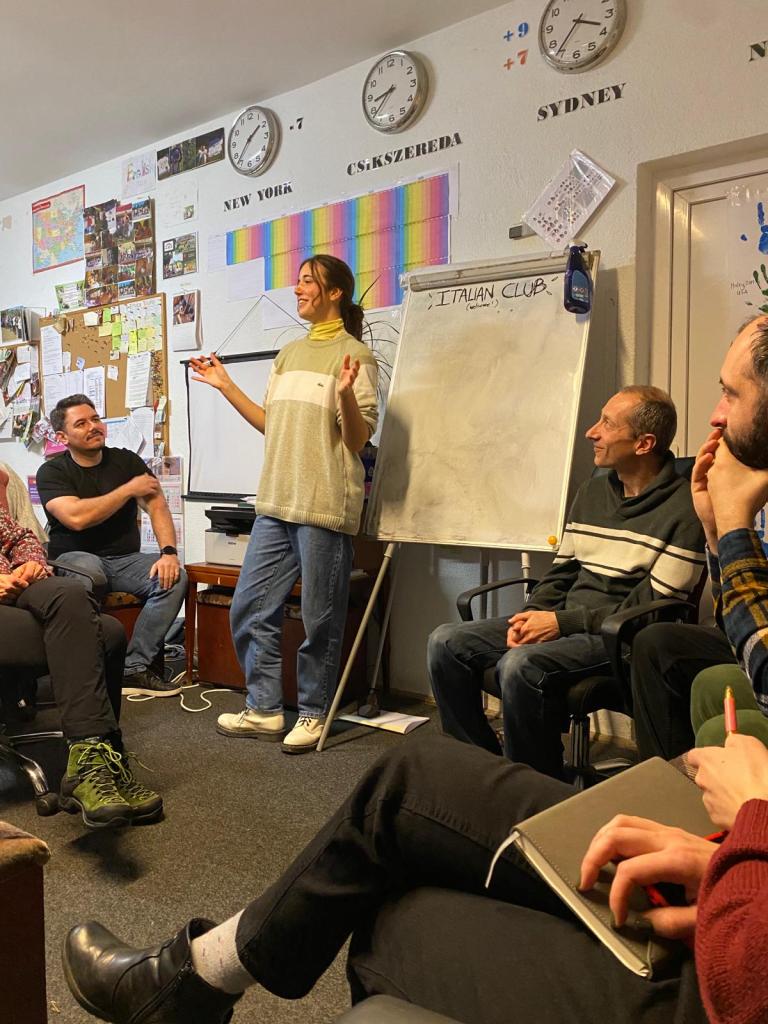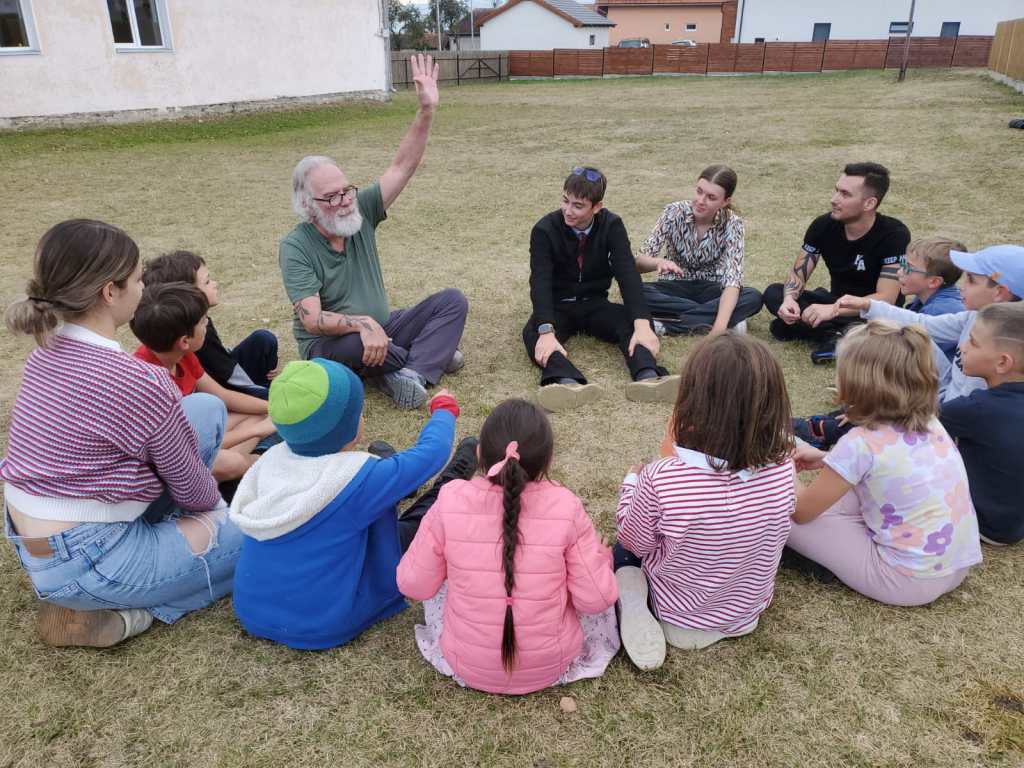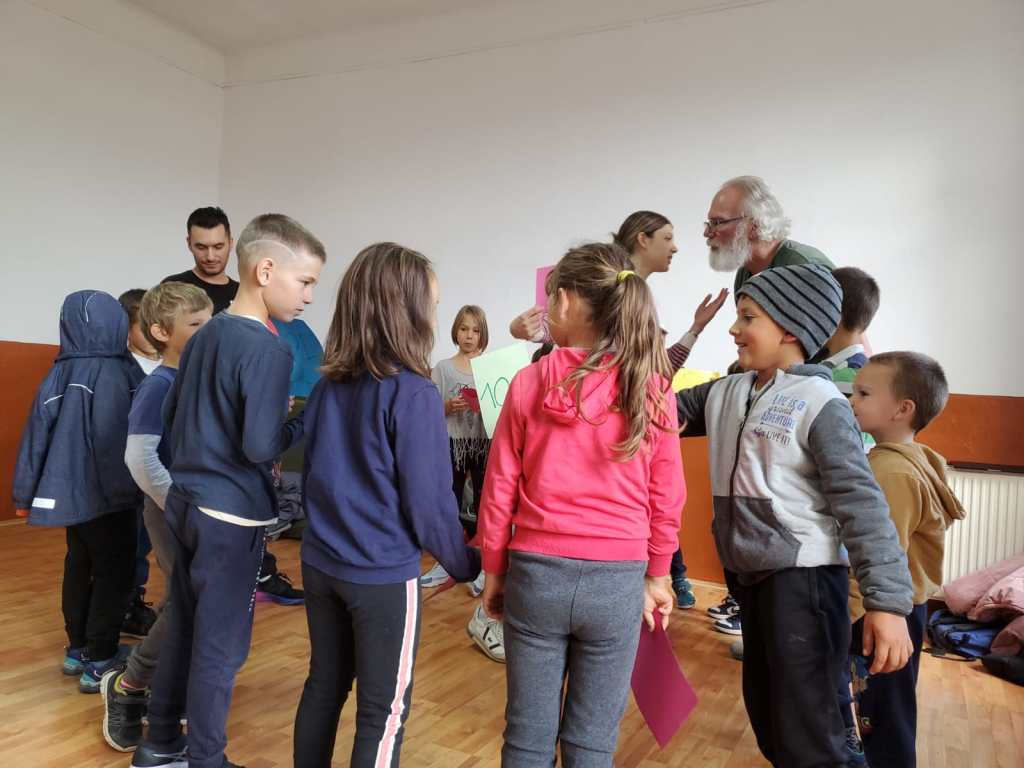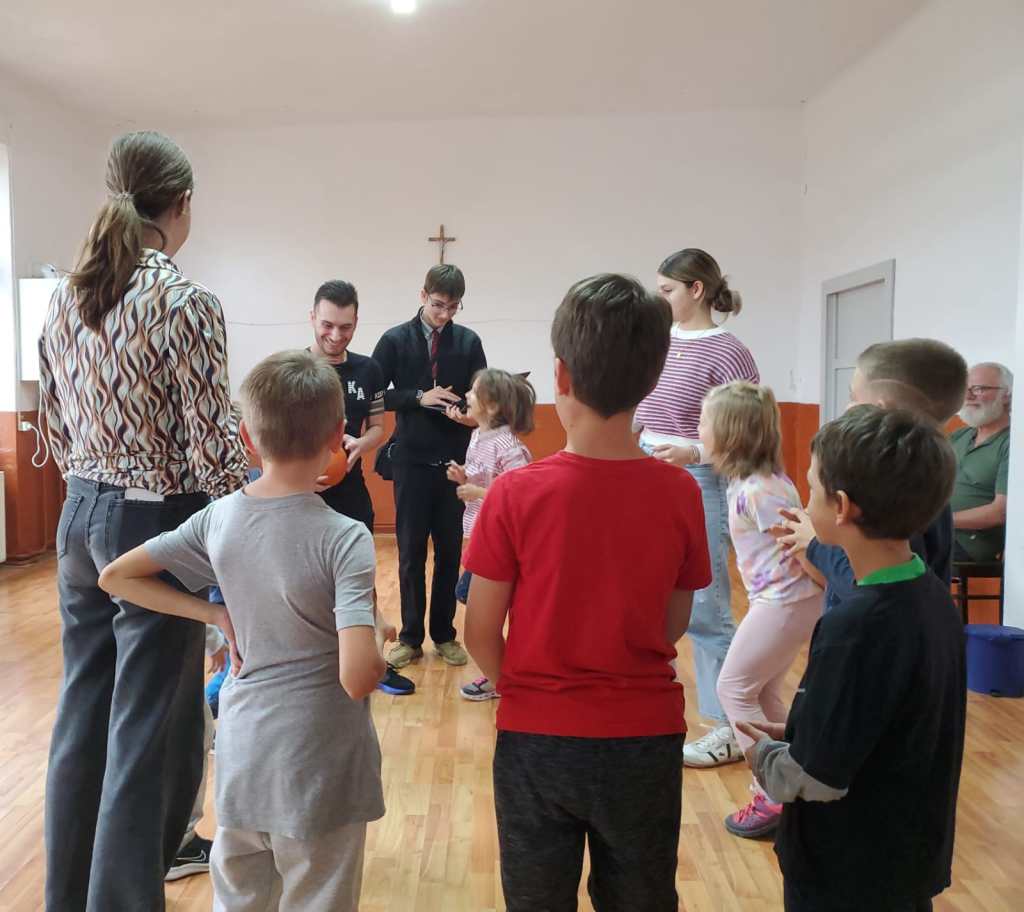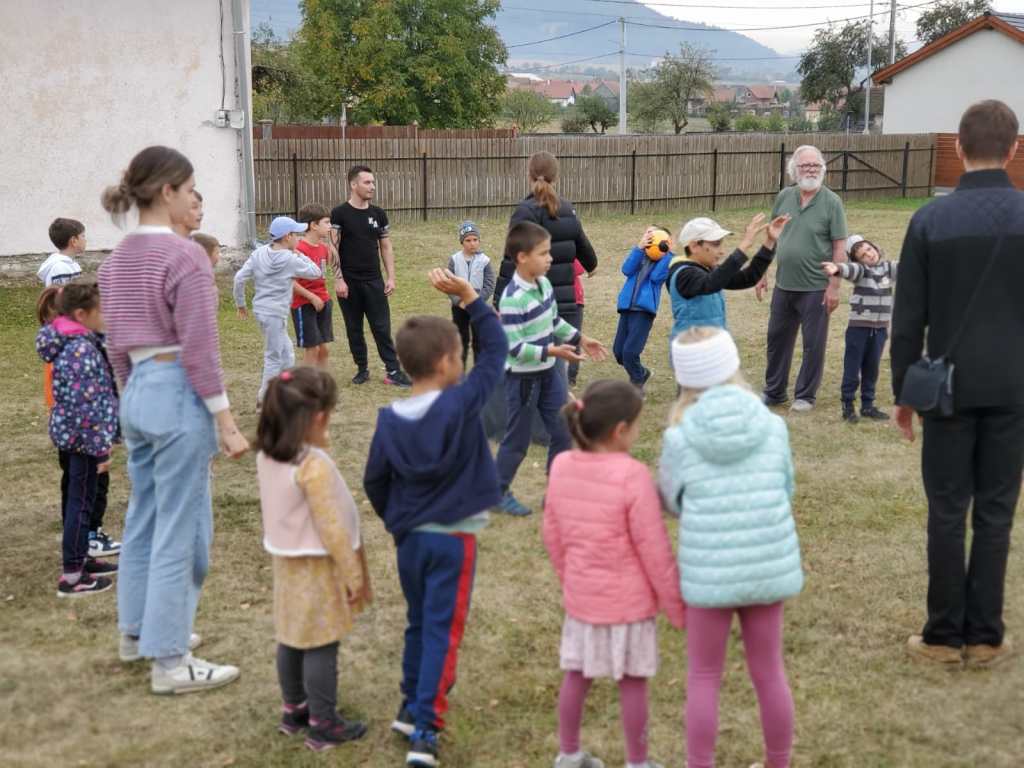To understand our daily work, let’s first explain the purpose of our volunteer service. In our project we’re involved in five different After School Clubs and schools in the surrounding villages with over 150 children. These kids come from various backgrounds with different strengths, weaknesses, ages, English skills and behaviors. Our main task is to plan, organize and facilitate diverse After School Club activities for these partially disadvantaged children. We aim to take care and teach the children with a focus on non-formal activities, imparting life skills, offering emotional support, teaching teamwork and cooperation and introducing topics like democracy and human rights in a child-friendly manner.
The five schools differ much from each other and even in the schools are significant differences between the groups. Therefore, our planning is individualized each day. We always need to consider the group size of the children, age differences, knowledge of English within the group, the duration of each class and the possibility of using a schoolyard.
During our morning preparation time we plan activities from various categories and topics. These categories include physical, mental, democracy-related, English and creative games/activities. Creative activities usually involve various crafting projects, which are in the cold winter often quite popular. It’s important to always prepare a sample to amke it easier for the kids to understand. We try to explain all activities as simply and visually as possible, using basic English words and gestures, sometimes you need to get creative. The activities vary between competitive games to stimulate ambition and the ability to perform under pressure, and team activities where they have to communicate and solve tasks together. We particularly enjoy planning activities around different themes such as seasons, holidays or personal interests what makes planning easier and the activities more relatable for the children. When we have a particularly good crafting idea or movement game, we usually use it for a whole week at each school.

On Tuesdays we have three different classes in one school. The first class is large with our youngest children, mostly girls, and almost none English skills. But they are very sweet and enjoy playing and most of all they love crafting activities. We avoid activities that need English explanations or English skills which also rules out most topics related to democracy. In this class our goal is to teach the children to concentrate and express their creativity, such as cutting things out and blowing up balloons. These are everyday skills that every child should learn. If we can teach them some basic English along the way, that’s a bonus. The second class is very similar. They are a bit older but their English is not much better with few exceptions. They are our largest group and by far the loudest. In such a large group it’s much more challenging to maintain attention when the children don’t understand your language and explanations. That´s why we try to be as simple and structured as possible. Most of the time we follow the same plan as for the previous class and only adjust a few activities according to age. In this class we act more as teachers and leaders than friends to get their respects and attention. Our last group is Gesine’s favorite group. These children are our oldest and their English is the best. The group is smaller and even if some of them don’t understand us, others can translate. Quickly we could notice how good and understandable communication strengthens the relationship between us and each of them, as it’s possible to have individual conversations with every child. We take advantage of this and always plan activities that integrate conversations and focus a lot on our democracy theme, thinking games and being a role model for them through the storys we tell and the opinions we represent. Our goal in this class is to improve their English and intensify our friendly relationship with them.

On Wednesdays we visit two schools. First we go to a very typical After School Club. The kids are from poor backgrounds and have differnt ages and minimum English skills. Our job is to help them with homework if needed and otherwise just play. Usually we bring toys like balls, frisbees, hula hoops or pool noodles. We play outside, sometimes in large groups and sometimes we take just two or three of them to give them seperate attention. Always we split up; Gesine goes out with the children after homework and plays soccer for at least one hour. Candice normally stays inside because the very young girls shouldn’t go outside in winter. Also we bring board games like “Crocodile” or Twister. As a crafting activity we print out coloring pages or similar games on paper. Our goal here is to give the children a good time, be a friend and support them in everything we can and also to impart knowledge for school, creativity and social interaction.

Then we continue to our second school of the day. There we have two classes at the same time in two different classrooms. The four of us always split up here and each pair alternates between the older or younger class each week. All the children here are very respectful, kind and motivated to work with us which makes our work much easier and more fun. When the weather is good we like to start with a game outside with everyone or go out for an activity in between. The class with the younger children is relatively large and their English skills are rather limited. But they are motivated in everything and we try to make the time as varied as possible. The class with the older children is smaller and some people´s English is really good so they can translate for the others. That’s why we plan many democracy activities and games related to learning English. Our goal is to show them the fun and confidence in speaking English through our activities.

On Thursdays we go to a school that sometimes pushes us to our limits. In this group are mostly girls of various ages with very limited English skills. One of the three boys is hyperactive and absolutely unable to concentrate and another is slow in everything. You constantly have to keep an eye on these two. Our biggest challenge in this group are the group dynamics. Even if we don’t understand their language, we notice from their tone, posture and general interaction how mean they are to each other. Small groups with leaders have formed in the large group which leads to exclusion in the class. Sometimes they also behave disrespectfully towards us what is mainly because the language barriers. Although there is a beautiful schoolyard that we often try to include for various games, we have to be careful that there are no disputes between the children. We try to plan fewer competitive activities and more games for teamwork. Even if in other schools it works the best to start with an activity where the children can release their energy, in this school the best plan is to make a nice craft with the children together. They love everything related to crafting and they also love singing from the heart so during it they calm down, can concentrate, have fun and also sing at the same time. Our goal with these children is to bring them joy, to do justice to the very different children and to bring peace to this group again and again.

On Fridays we always need the longest preparation time. In this After School Club we are there for three hours. The first hour and a half are with a large group of children of various ages which is then reduced to a small manageable group for the second half. All of them are individual and some need special attention but they all have one thing in common: they are full of energy. Therefore it´s important to structure these three hours precisely and always to have alternatives ready. Usually we start with a movement game outside so that all their energy can be let out. Then we always go inside to implement a crafting idea. In our experience this is the easiest for us because all children no matter which age or English skills can participate in this activity and it’s much easier for us to keep an eye on all the children. We put a lot of effort into finding something that both the youngest girls and the older boys will enjoy and that is possible for each. Sometimes it’s not easy which is why we plan alternatives for the older boys. Depending on the length of the crafting activity, we still have time for a small game together before the school bus arrives and most of the children leave. For the second half we plan many small activities because the concentration often doesn’t last for long. We try to provide a lot of variation with movement games, English tasks and creative games. In the end we never have more than ten children and their ability to focus is now very low. So we give them more freedom, either we play games with music, just dance, do activities like gymnastics, limbo or everyone paints together. We always print out coloring pages or similar games on paper for this purpose. Also in this group a positive group dynamic is a main goal for us. Our intention is to impart social skills and values to the children. For this it’s important that we volunteers participate in all the activities to demonstrate how to play fair and be a good loser.

As you can see every day, every preparation and every school is very different. Even more different are each of our children. They can’t all be compared to each other and precisely because they are so special, we have taken them to our hearts!
Gesine & Candice
